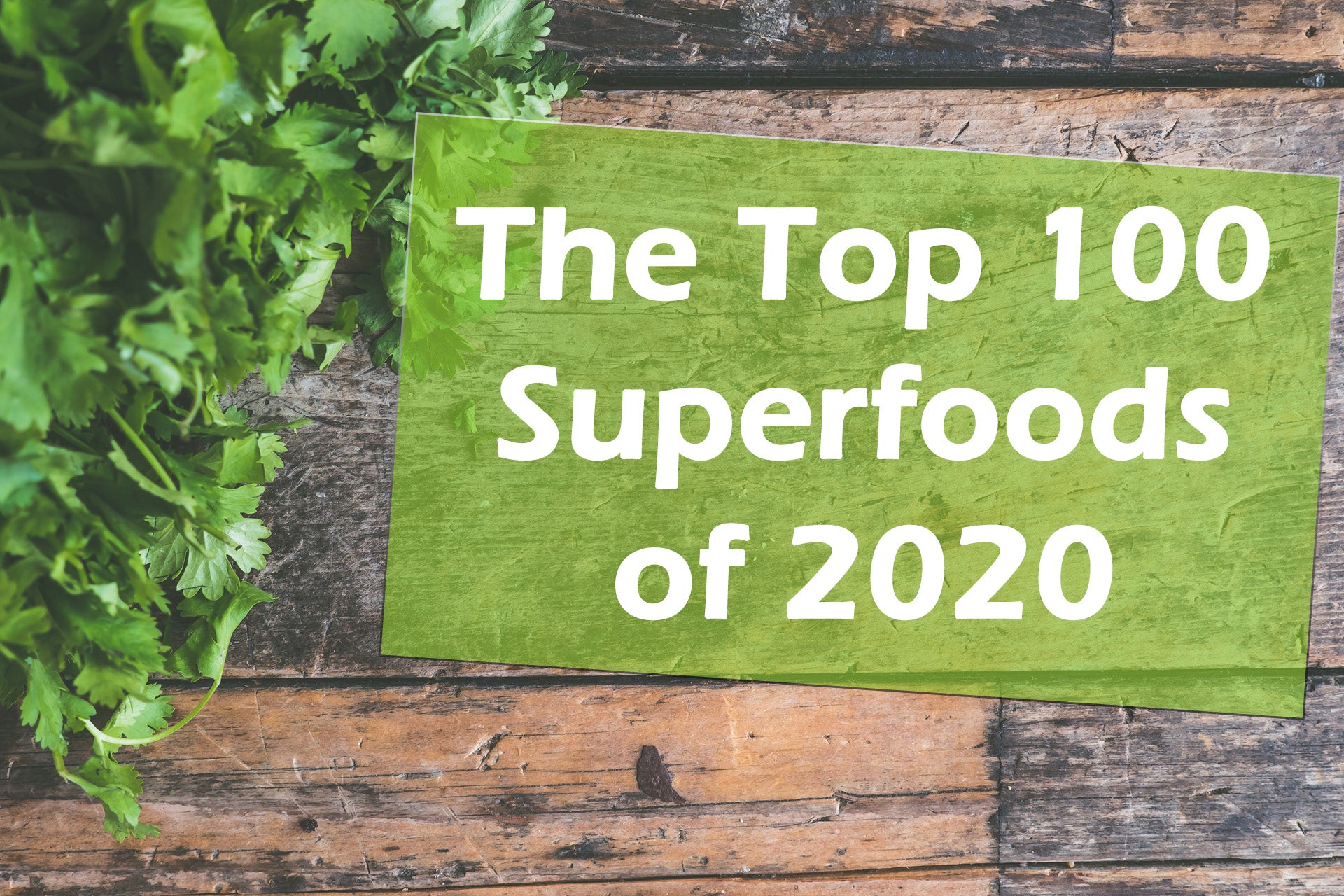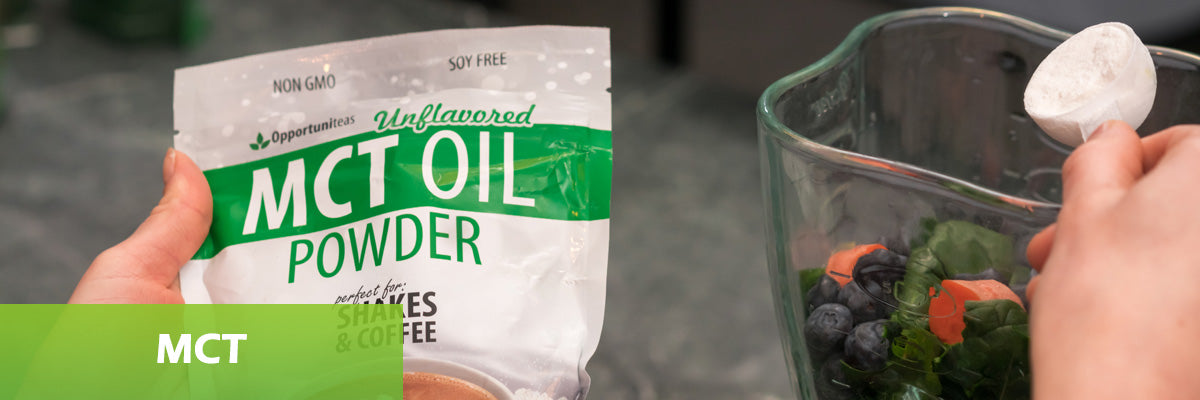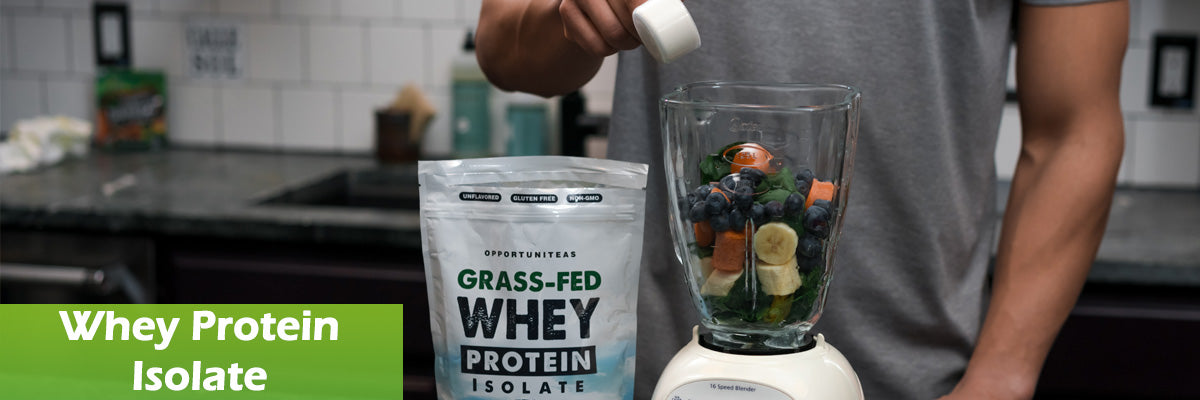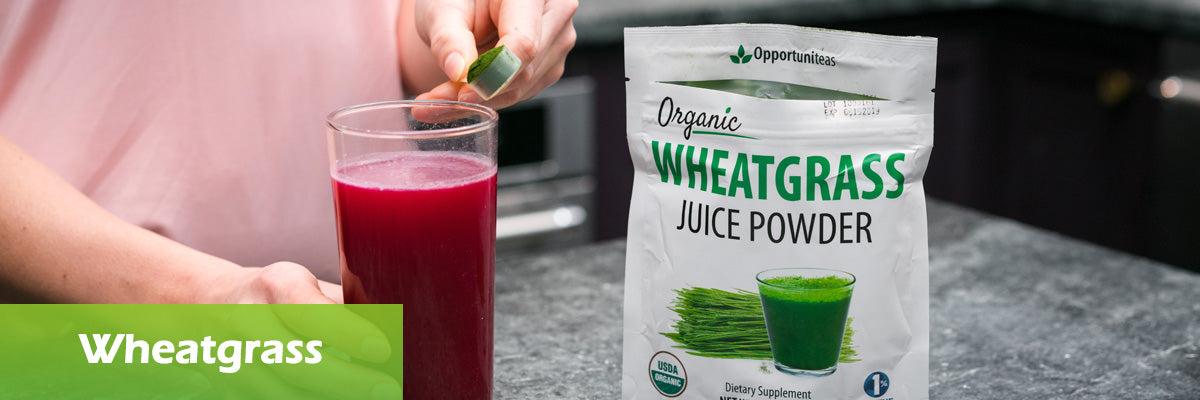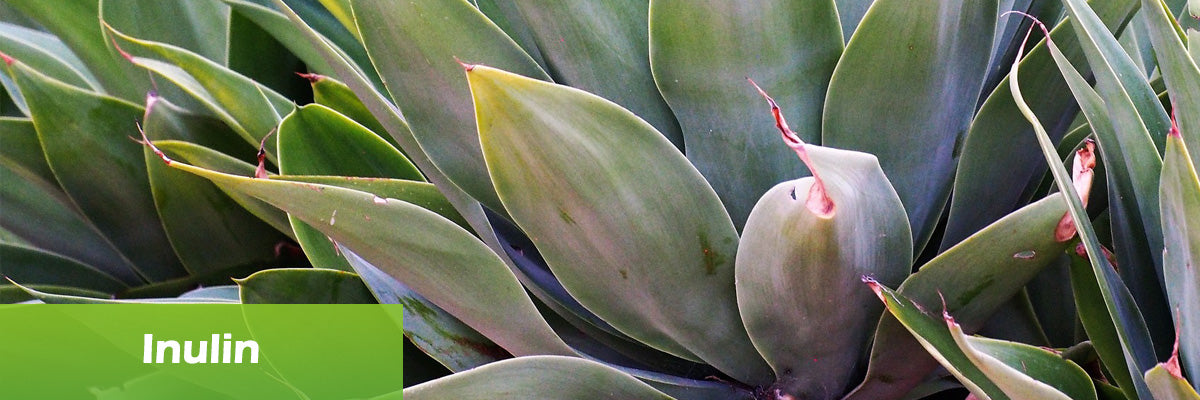
By Toni Sicola • January 6, 2020
Weight loss is the most common New Year's resolution every single year.
But statistics show that most people abandon this resolution within the first two weeks.
Only 8% of people achieve their New Year’s goal, and if you want to be one of them, it's nice to have some help.
Know that unrealistic diet plans are to blame for the lack of success.
Sustainable weight loss involves eating nutritious superfoods that fill you up as well as nourish your body.
It's not about depriving your body and feeling starved.
With the help of superfoods, you can enjoy delicious meals and achieve your weight loss goals without ever feeling hungry.
As a New Year’s gift, we compiled a list of the 100 top superfoods of 2020.
Fruit
|
Herbs
|
Vegetables |
Greens |
Protein |
Nuts, Seeds, & Legumes |
Fat |
Mushrooms |
Digestive Support |
Let's take a look at them individually.
1 - Turmeric

Turmeric is the ingredient in curry that makes it yellow.
It’s a rhizome root related to ginger, but the interior flesh is bright orange or yellow in color.
Turmeric is chock-full of a powerful antioxidant called curcumin.
Curcumin has been studied for its anti-inflammatory and antimicrobial effects on a number of fronts, including oral health and nervous system health.
Turmeric shows promise in the fields of depression and Alzheimer’s research, with preliminary studies showing that consuming curcumin on a regular basis could help
You can consume turmeric every day, whether in cooking, in a turmeric tea, or in supplement form.
In doing so, you could be helping promote healthy detoxification in your body and keeping inflammation at bay.
2 - Matcha Green Tea
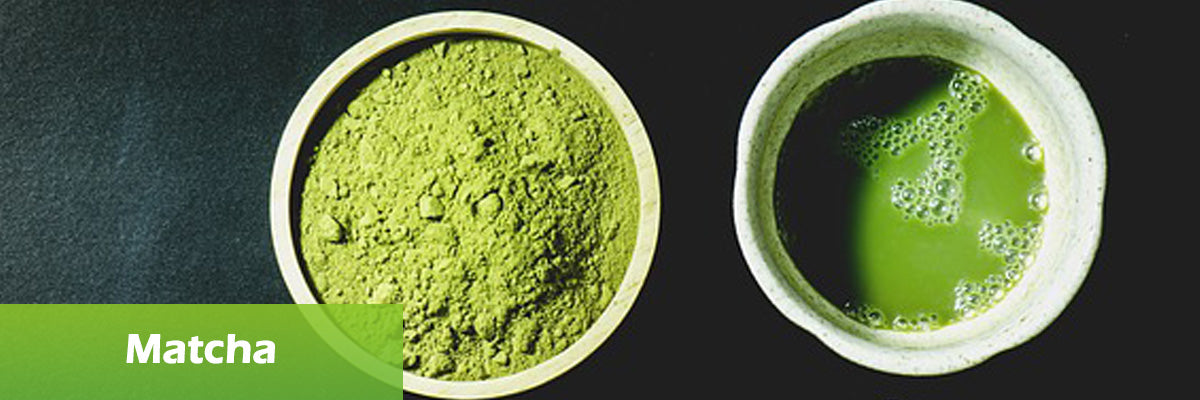
Matcha tea is a powdered form of green tea that’s grown in a special way to promote balanced energy and mental focus.
Matcha is particularly rich in an antioxidant called EGCG (epigallocatechin gallate), more so than standard green tea.
One study showed matcha’s EGCG levels to be 137 times greater than regular green tea.
EGCG has been the subject of trials exploring its effects on blood pressure, LDL cholesterol levels, and fat loss. Results are promising, but more work needs to be done.
Matcha is also rich in vitamins A, C, E, K, and the B-complex, selenium, chromium, zinc, and magnesium and the amino acid L-theanine.
L-theanine has been shown to increase alpha waves in your brain, giving you a sense of wellbeing and alert calmness.
3 - Avocado
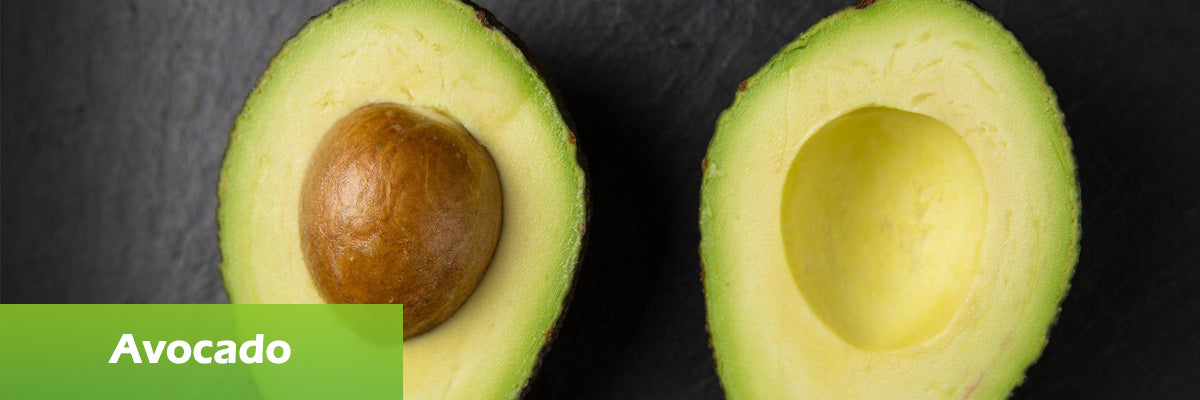
Avocados are very high in monounsaturated fat.
Monounsaturated fats are the healthy fats associated with the heart-healthy Mediterranean diet.
They’re also rich in fat-soluble vitamins A and E, fiber, and minerals potassium and magnesium.
Avocados may help with controlling obesity and reducing overall cardiovascular health risks when eaten with a healthy diet.
A scholarly analysis suggests that avocado consumers have higher HDL-cholesterol (the good kind of cholesterol), lower risk of metabolic syndrome, lower body weight, lower BMI, and smaller waist circumference than the adults not eating avocados.
4 - Blueberry
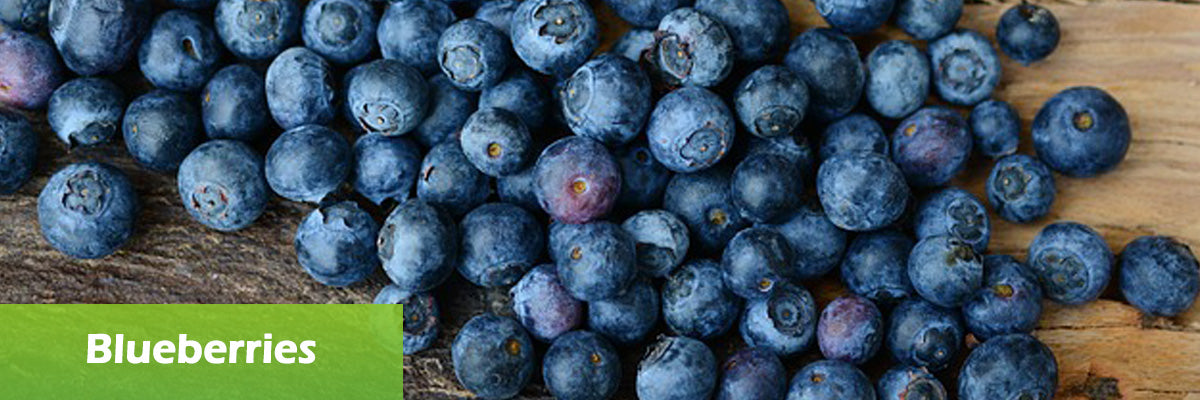
Berries, in general, are very nutrient-dense, but blueberries are the most among the berries.
Rich in micronutrients like vitamin C, vitamin K, manganese, and antioxidants, in addition to being high in gut-friendly fiber, blueberries are a powerhouse of nutrition.
In particular, antioxidants called anthocyanins are responsible for the vibrant color in berries and other red, purple, and blue foods.
These compounds have been shown to be extremely potent antioxidant scavengers and heart health protectors.
5 - Ginger
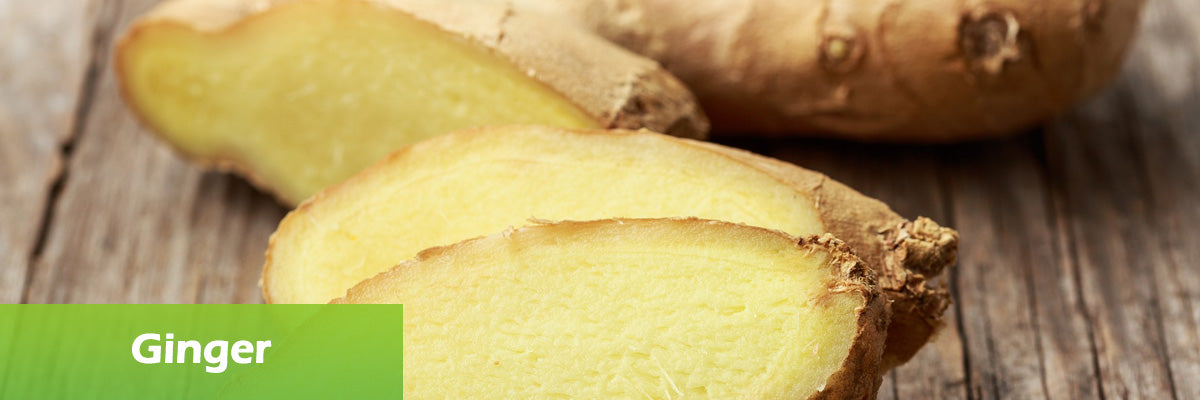
Ginger is a rhizome, a cousin to turmeric. It’s best known for its ability to help settle an achy stomach.
It’s been studied for its effects on nausea in patients undergoing chemotherapy, but most notably, it’s considered a reliable aid to relieving morning sickness in pregnant women, based on some studies.
It’s also been studied for its positive effects on indigestion.
Ginger is a powerful anti-inflammatory and has been shown in studies to help reduce muscle soreness when consumed in quantity.
It’s also been studied for its positive effects on blood sugar and cardiovascular risk factors (including cholesterol levels and blood pressure).
6 - Egg

Eggs are a reliable source of protein and healthy fats.
Choosing pastured eggs ensures that your yolks are rich in vitamin A and vitamin D.
Pasture-raised chickens are allowed to roam free, eat their natural diet of grubs and seeds, and soak up the sun.
These are all reasons for the potent nutrition found inside an egg.
Most of the protein is in the egg white, but some is in the yolk, as are the fat-soluble vitamins.
So don’t skip the yolk!
7 - Cauliflower
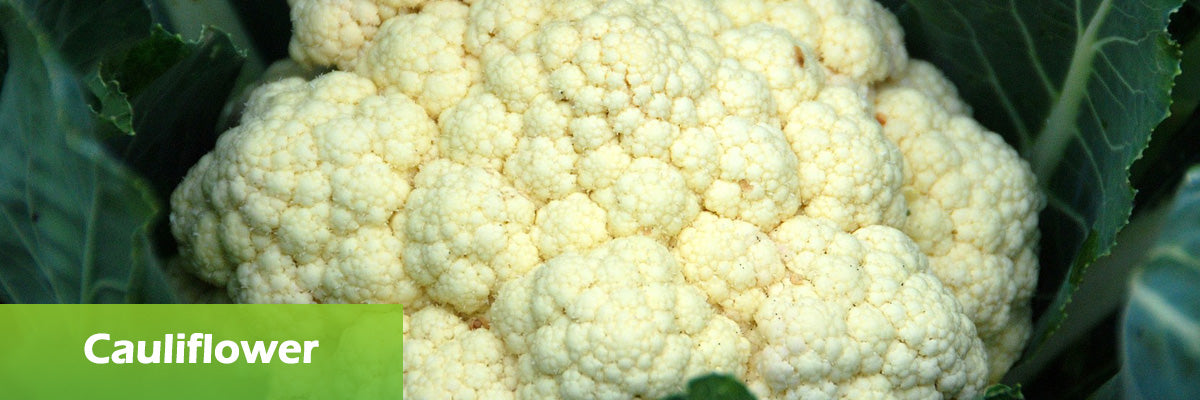
Cauliflower an extremely versatile food that can be shaped into many different forms, creating healthier versions of standard treats.
Shred-it to create a low-carb pizza crust, or mash it for a low-carb mashed potato.
Add a delicious liquid-like bone broth to your blended cauliflower and you’ll be eating a creamy, dairy-free soup.
Cauliflower is one of the few white foods found in nature that boasts a wealth of nutritional benefits.
One of the many benefits it offers (in addition to its cruciferous cousins) is a sulfur compound called glucosinolates, which help promote your body’s defenses against bacterial, viral, and fungal infection in the intestines and other areas in the body.
8 - Collagen
Collagen is the most abundant protein in the body. It’s the main ingredient in skin, nails, and connective tissue, and it’s also prevalent in bones.
Collagen is an excellent animal-based protein source that offers a full range of amino acids to help you build and maintain muscle mass.
It’s also been studied for its effects on gut health, specifically for aiding in the repair of the gut lining, which helps in the fight against leaky gut syndrome.
You can find collagen in most animal foods, but it’s most potent in bone broth.
You can also easily consume it powder form and add it to smoothies or your morning coffee.
9 - Raspberry
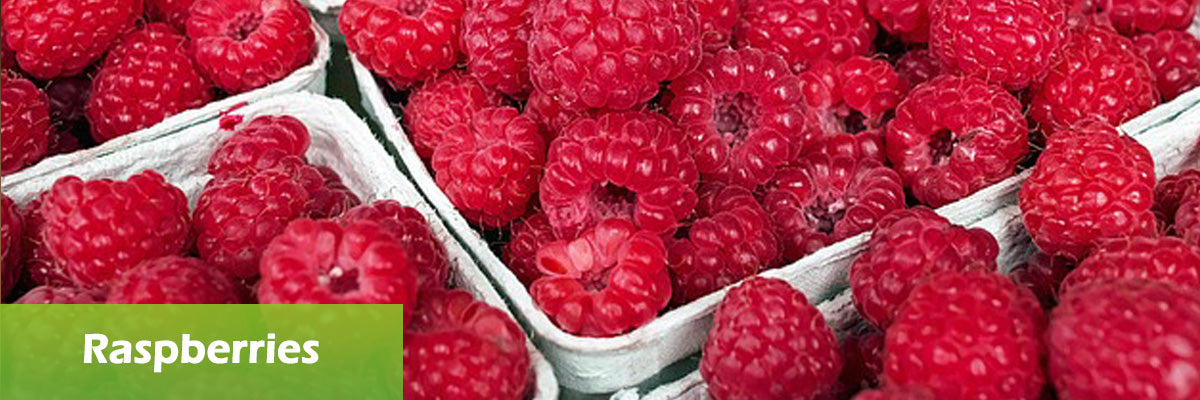
Raspberries offer the same anthocyanins in other berries and colorful foods.
Additional antioxidants found in raspberries include quercetin and ellagic acid, both potent immuno-protective compounds.
Raspberries are also rich in fiber, vitamin C, and manganese and among the lowest sugar fruits.
They are a great addition to salads, smoothies, or just for late-night snacks.
10 - Almonds
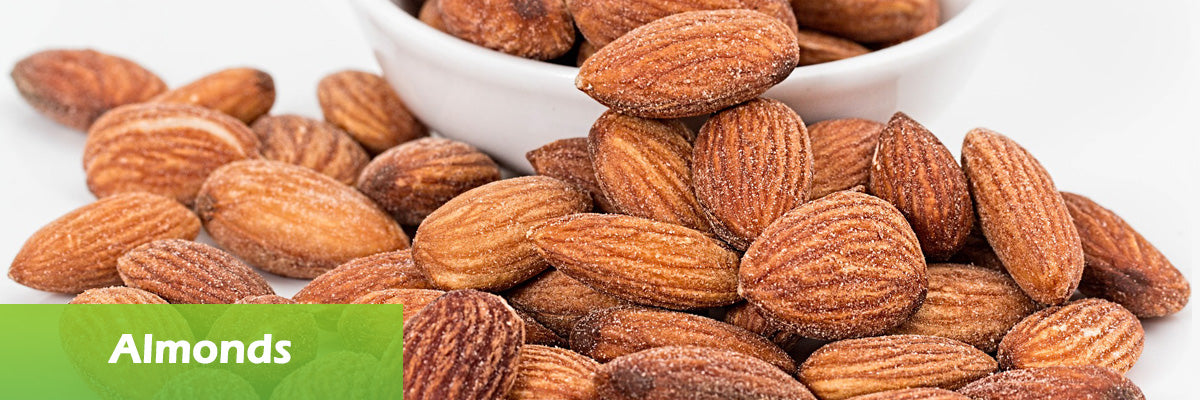
In addition to being a perfect little snack, almonds offer loads of health benefits.
They’re loaded with magnesium, which helps with muscle cramps, blood sugar control, lowering blood pressure, and even insomnia.
It’s also rich in vitamin E, which helps with wound healing and skin health in general.
Almonds are a heart-healthy food rich in powerful antioxidants that have been shown to reduce oxidized LDL cholesterol (the bad kind).
11 - Chia Seeds
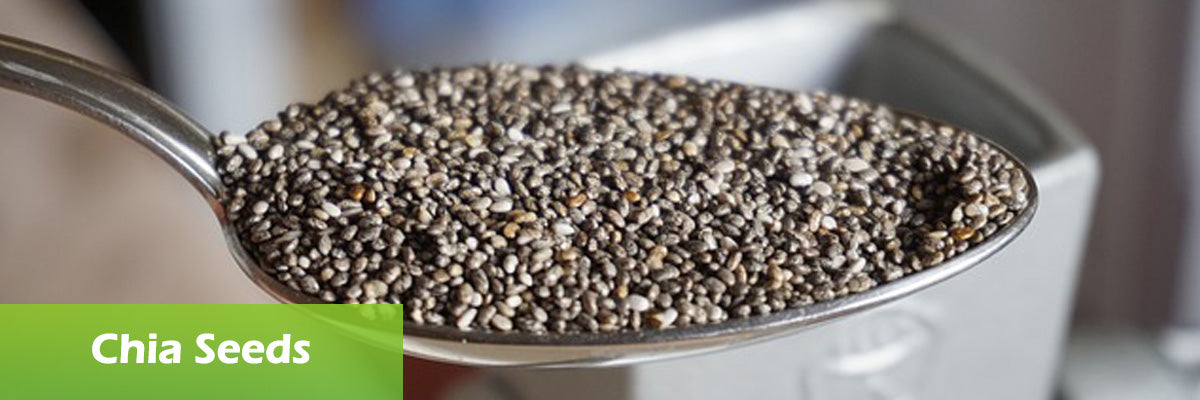
Chia seeds are rich in soluble fiber, minerals, and the omega-3 fatty acid alpha-linoleic acid (ALA).
Omega-3 fatty acids offer anti-inflammatory benefits, cardiovascular benefits, and can help with healthy brain function.
High fiber diets aids in blood sugar regulation and plays a role in gut health.
Even though they’re tiny, they also pack in a lot of protein. One ounce of seeds contains 5.6 grams of protein.
Chia seeds have been studied for their ability to increase insulin sensitivity in diabetics.
Chia seeds are great in baked goods and smoothies.
Let them soak in your favorite nut milk for a few hours and they’ll swell into a tapioca-like substance.
Add in some fruit and your favorite sweetener, and you have a delicious chia pudding.
12 - Flaxseed
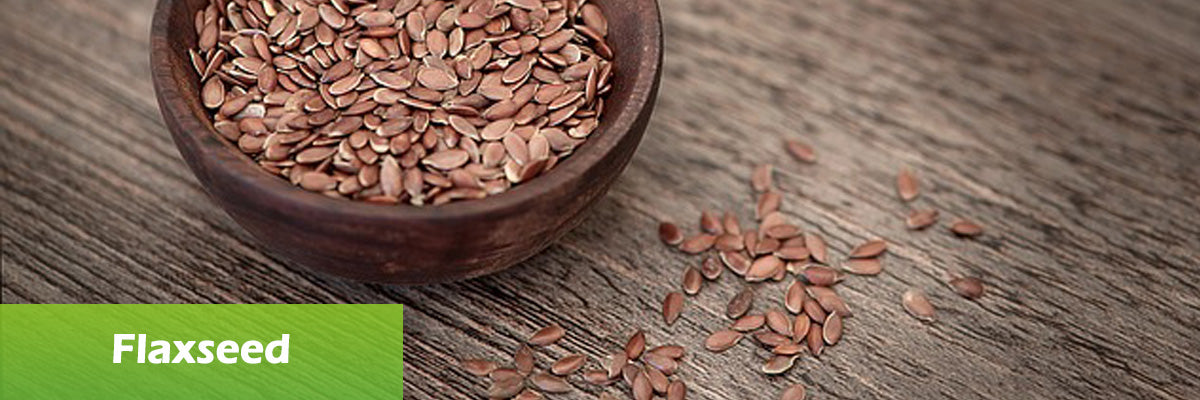
Like chia seeds, flaxseeds are full of fiber and the omega-3 fatty acid, ALA.
They also contain a substance called lignans, which has been shown to be helpful in female hormone regulation and reproduction.
Flax also swells in water like chia seeds, but is most often used ground up rather than whole seed.
Soak flax meal in water and allow it to swell for use as a vegan egg replacement in baking recipes.
13 - Yogurt

Yogurt, along with other fermented foods, offers a great profile of probiotics.
Probiotics are beneficial bacteria that live in your intestinal tract.
These beneficial bugs help aid in digestion, boost your immune system, offer anti-inflammatory benefits, and protect the gut lining.
Greek yogurt, in particular, is also high in protein.
Choose organic when eating dairy to avoid consuming the chemicals of big agribusiness.
14 - Seaweed
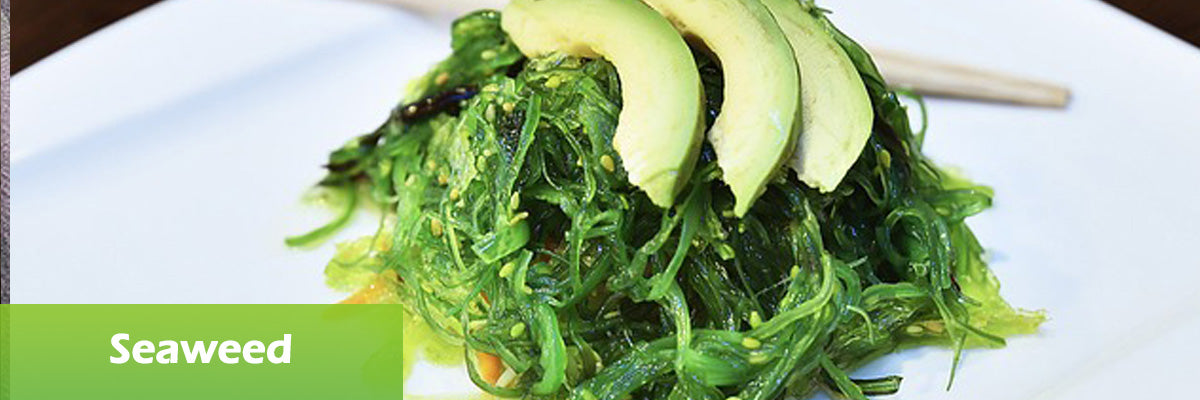
Seaweed is actually an algae, even though it’s often called “sea vegetables.”
There are a number of different types of sea vegetables ranging in color from red to green to brown or black.
They each offer various benefits, but all of them are rich in iodine and tyrosine.
These two nutrients are critical to thyroid health and are very underrepresented in the standard American diet (SAD).
Little-known fact: seaweed is the reason fatty fish contain omega-3s.
They eat seaweed, which is packed with the stuff.
This is great news for vegans and vegetarians who want to up their doses of omega-3s without eating fish.
15 - Beets
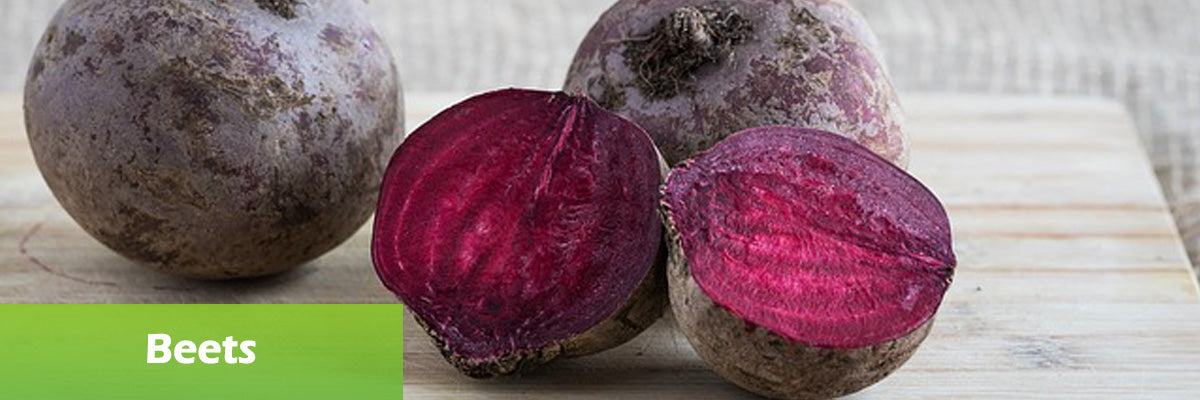
Like blueberries and other brightly-colored foods, beets contain a powerful antioxidant, anthocyanins.
It also contains an anti-inflammatory enzyme called betaine, which has been shown in lab studies to reduce the growth of tumor cells.
More work in this area needs to be done, as these were test-tube studies.
Beets are a relatively low-calorie food that promotes heart health, may help you lose weight, improve digestion, and even boost brain function.
16 - MCT
Medium-chain triglycerides (MCT) are fatty acids found in tropical plant fats like coconut and palm oil.
They’re easier to digest and convert to energy than long-chain fatty acids (LCTs) found in olive oil, nuts, and avocados.
They also have 10% fewer calories than LCTs.
MCTs help boost metabolism and promote the production of ketones to help move you into ketosis on the ketogenic diet.
At least three other studies show that MCT not only helps people lose weight, reduce waist circumference, and decrease hunger.
Try it as pure oil or easy-to-use powder.
17 - Garlic
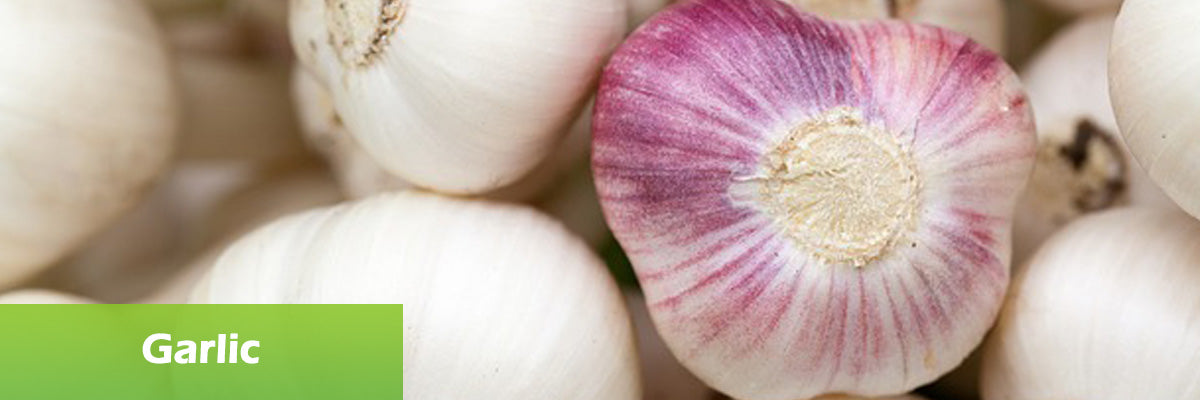
In addition to being a delicious and flavorful ingredient in recipes, garlic is a powerful antimicrobial and immune booster.
Studies show garlic’s ability to help the body make immune system cells (macrophages, lymphocytes, natural killer (NK) cells, dendritic cells, and eosinophils) and inhibiting cytokines from producing too much inflammation in the body.
Garlic also has powerful anti-inflammatory properties.
18 - Cinnamon
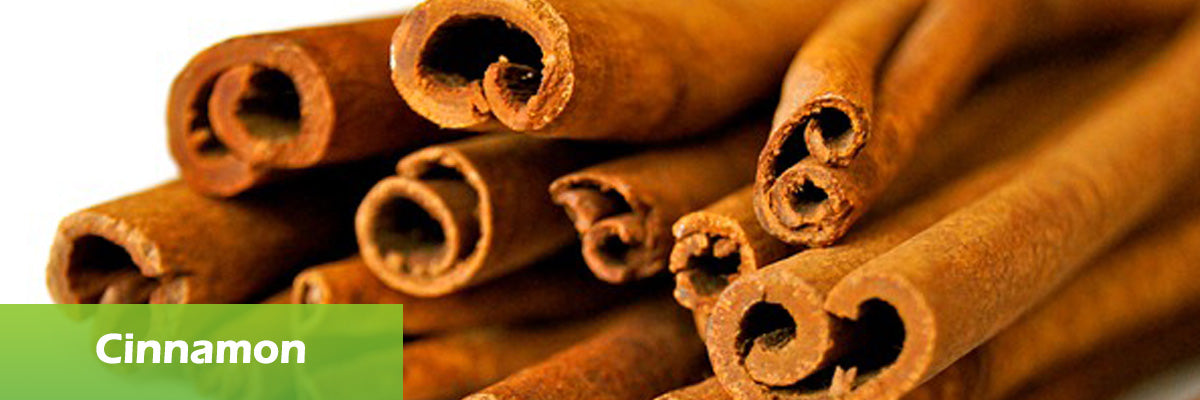
Cinnamon has grown in popularity among holistic health professionals for its role in helping promote healthy blood sugar levels.
But it offers a lot more than that in the way of health benefits.
A systematic review of the therapeutic uses of cinnamon showed that it’s been studied for its antioxidant, anti-inflammatory, antilipemic, antidiabetic, antimicrobial effects.
19 - Pomegranate
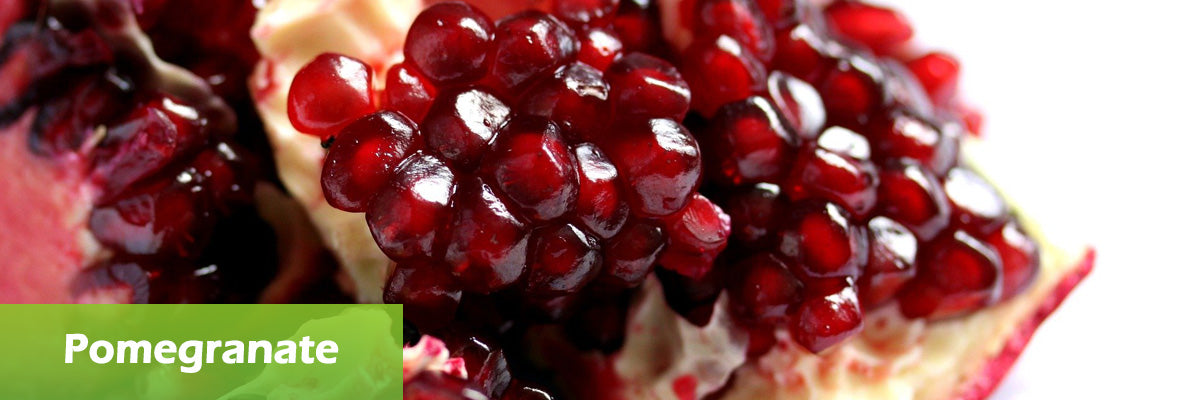
Pomegranates might be hard to get into, but the benefits are worth the effort.
Packed with fiber, vitamin C, vitamin K, and folate, this superfood is a delicious, nutritious treat.
This sweet, tart fruit offers anti-inflammatory, antioxidant benefits that promote healthy digestion.
20 - Walnuts
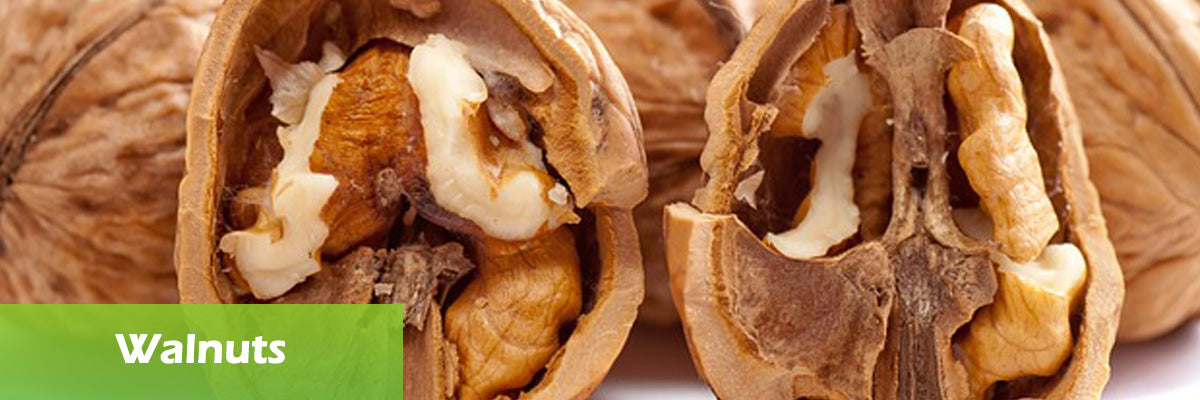
Another amazing nut, walnuts offer an excellent plant-based source of anti-inflammatory omega-3s, a great source of fiber, and a rich array of antioxidants.
Walnuts have been studied for their positive effects on gut flora (probiotics in the gut), due to the fact that they feed the good bugs.
These tasty nuts have also been shown to aid in weight loss, appetite reduction, and will power regarding bad-for-you-foods over time.
21 - Brussels Sprouts
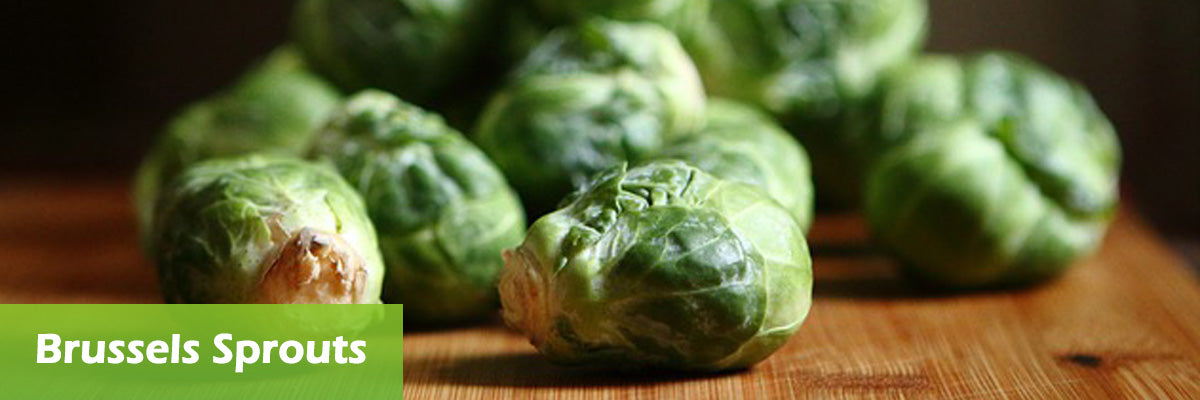
The tiniest members of the brassica family, Brussels sprouts are packed with vitamin K and antioxidants.
Vitamin K is critical for healthy bone development and osteoporosis prevention, and it’s an underrepresented nutrient in the standard American diet (SAD).
Brussels sprouts are also high in fiber, promoting gut health, healthy digestion, and cardiovascular health.
22 - Milk Thistle

Milk thistle is a flowering plant native to the mediterranean.
It’s more of an medicinal herb than a culinary one, so you’re most likely to find it in pill, tincture, or tea form.
Milk thistle helps tonify the liver and promote its natural detoxification functions.
Milk thistle tea blends are common way to use it.
People with cirrhosis, hepatitis, or even type 2 diabetes could benefit from using milk thistle.
23 - Strawberry
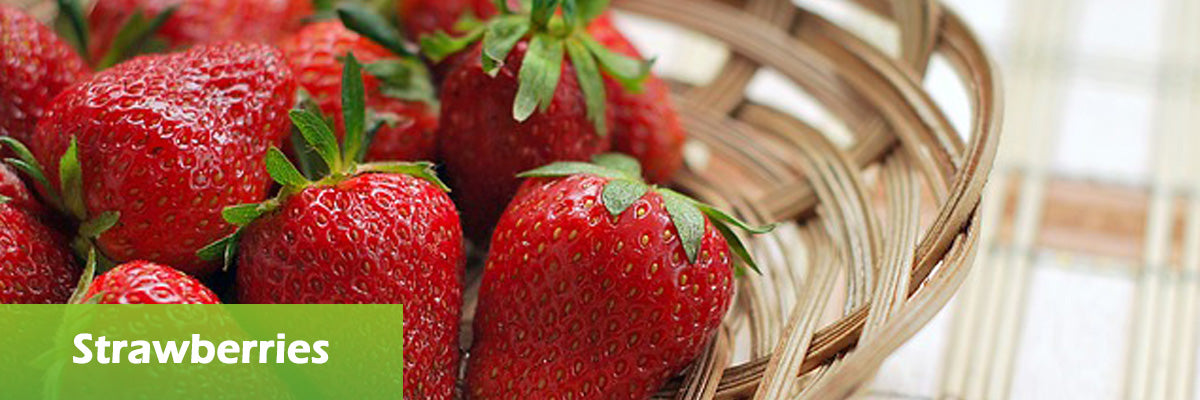
Strawberries are high in fiber and low in sugar, as compared to most other fruit, and even most other berries.
They’re the perfect dessert if you’re watching your waistline or trying to lose weight. Like the other red foods on this list, strawberries are rich heart-healthy anthocyanins.
They’re also among the richest plant sources of a particular category of antioxidants called phenolic antioxidants.
24 - Blackberry
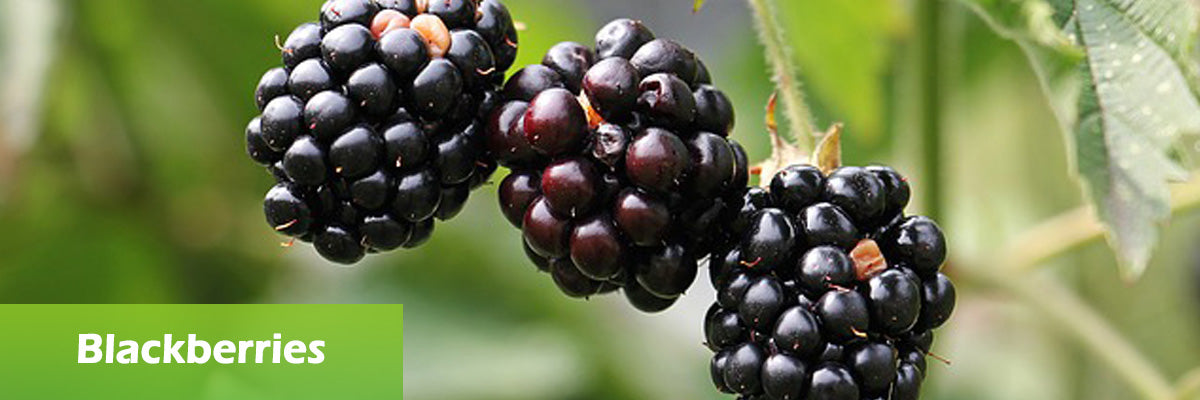
Like blueberries and raspberries, blackberries are also rich in vitamins C, K, and manganese.
In addition to these micronutrients, blackberry extract has been shown in clinical trials to offer powerful antibacterial, antiviral, and anti-inflammatory properties in regards to dental hygiene therapies.
Like blueberries and raspberries, blackberries are very high in fiber and relatively low in sugar, as compared to other fruits.
This makes them a low-glycemic food perfect for a healthy snack or smoothie ingredient.
25 - Asparagus

Asparagus is another very high-antioxidant vegetables.
By eating asparagus, you get a lot of nutrition without a lot of calories, including a rich profile of antioxidants.
These antioxidants include vitamin E, vitamin C and glutathione, flavonoids, polyphenols, and the flavonoids quercetin, isorhamnetin and kaempferol.
Flavonoids have been found in test tube and animal studies to offer anti-inflammatory, anti-viral, and blood-pressure lowering benefits.
These substances have been found to have blood pressure-lowering, anti-inflammatory, antiviral effects in a number of human, test-tube and animal studies.
26 - Broccoli Sprouts
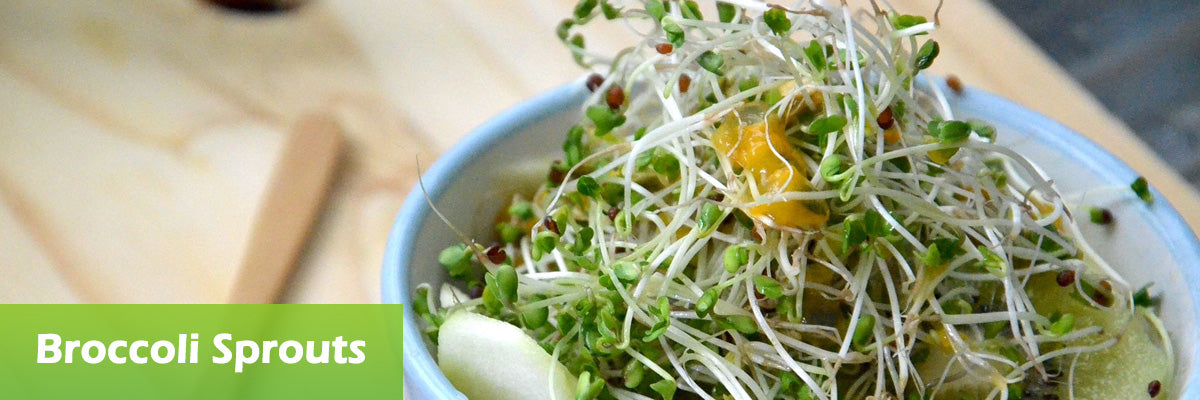
Broccoli sprouts are exactly what they sound like: the sprouted seeds of the broccoli plant.
They offer all the same benefits as broccoli, but are turbo-charged when it comes to a particular chemical called glucoraphanin.
This chemical, with the help of an enzyme that’s also contained in broccoli sprouts, converts to sulforaphane.
There’s a growing body of research supporting the role of sulforaphane in affecting neurological issues, including autism, healing after a traumatic brain injury, and even addressing neurodegenerative disorders.
27 - Sweet Potato
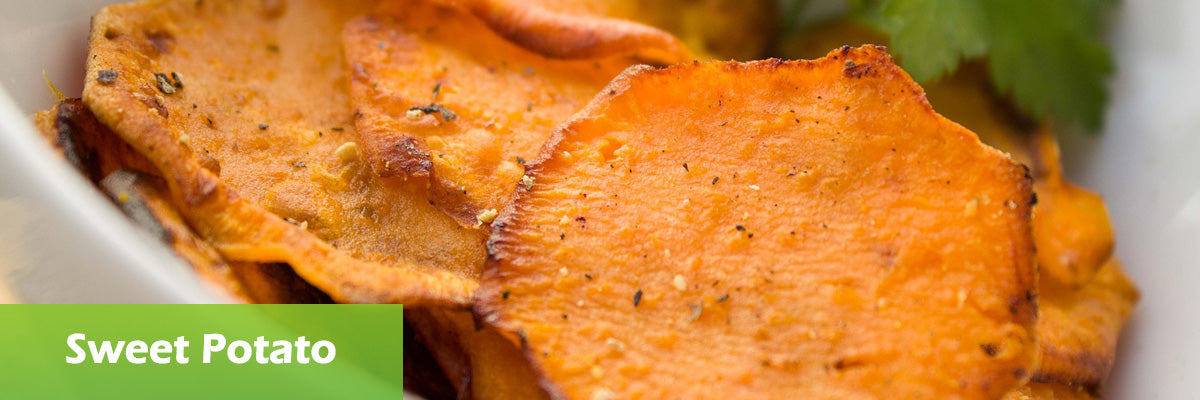
If you’re not eating the skin on your sweet potatoes, we urge you to reconsider.
The skin is where a lot of the nutrients and fiber live.
Sweet potatoes are rich in an array of vitamins, minerals and antioxidants.
They come in orange with brown skin, white with red skin, and purple with purple skin.
Each of these has its own antioxidant profile, but overlaps in other micronutrients, namely vitamin B6, vitamin C, vitamin A (in the form of beta carotene), manganese, and potassium.
28 - Whey Protein Isolate
Whey protein isolate is a fast protein, meaning it’s easy to digest and absorb into your system.
This makes it an ideal protein for just about anyone who can tolerate small amounts of dairy products.
It’s also a complete protein that includes all nine essential amino acids.
It also contains key non-essential aminos, including cysteine, arginine and aspartate.
These amino acids help build muscle mass and play an important role in insulin secretion.
According to the bulk of the research available, supplementing whey protein is among the most effective protein sources for building muscle mass and keeping blood sugar in check, especially in seniors.
Grass-fed dairy cows create milk with higher levels of anti-inflammatory omega-3s, CLA (conjugated linoleic acid), butyric acid, and vitamins A and K2.
Each of these nutrients offers its own health benefits, including aiding in fat loss, skin health, gut health, and anti-inflammatory properties when eaten with a healthy diet.
By choosing grass-fed whey, you are choosing a more nutrient-dense option than its conventional counterparts.
29 - Cranberry
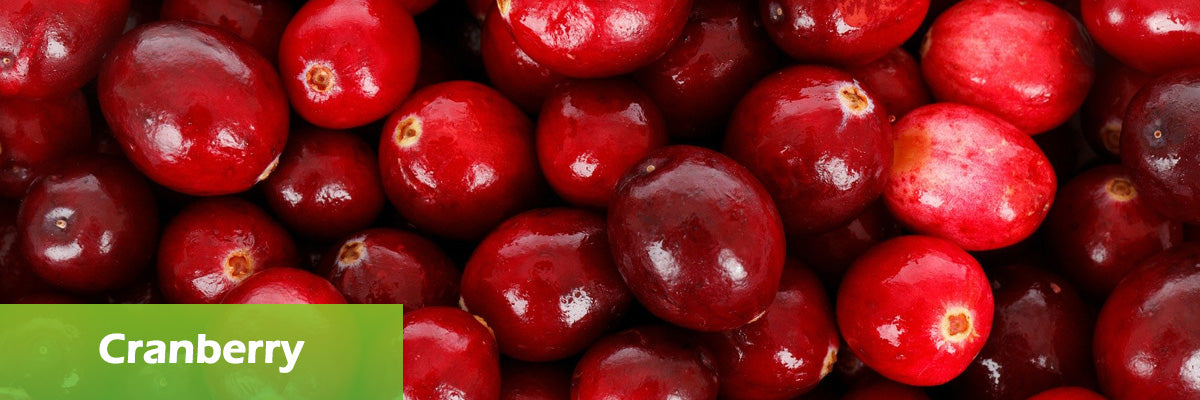
This Thanksgiving mainstay is best known for its use for the urinary tract.
While the evidence does seem to conflict on its efficacy for helping your body heal from a UTI, there’s still reason to keep this superfood in your diet.
Very low in sugar and high in antioxidants, cranberries are an excellent source of cardioprotective properties.
30 - Spirulina
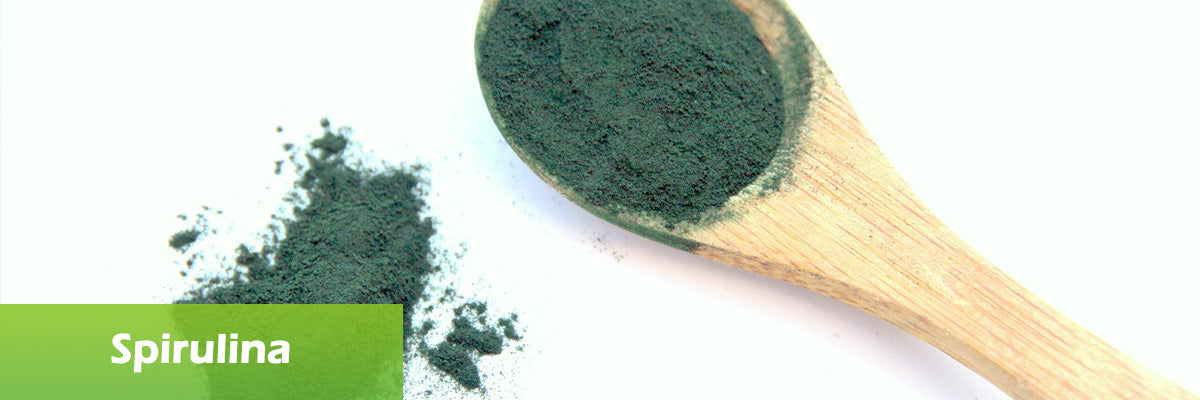
Spirulina is a single-celled organism also known as blue-green algae.
It’s among the most nutrient-dense foods on the planet. It’s so rich in beta-carotene and other antioxidants that it’s been studied for its effects on cardiovascular health and allergies.
It also has anti-inflammatory properties and is a very alkalizing food.
The standard American diet is full of highly acidic foods like sugar, seed oils, and conventional meats, so eating alkalizing foods is super important.
31 - Tomato
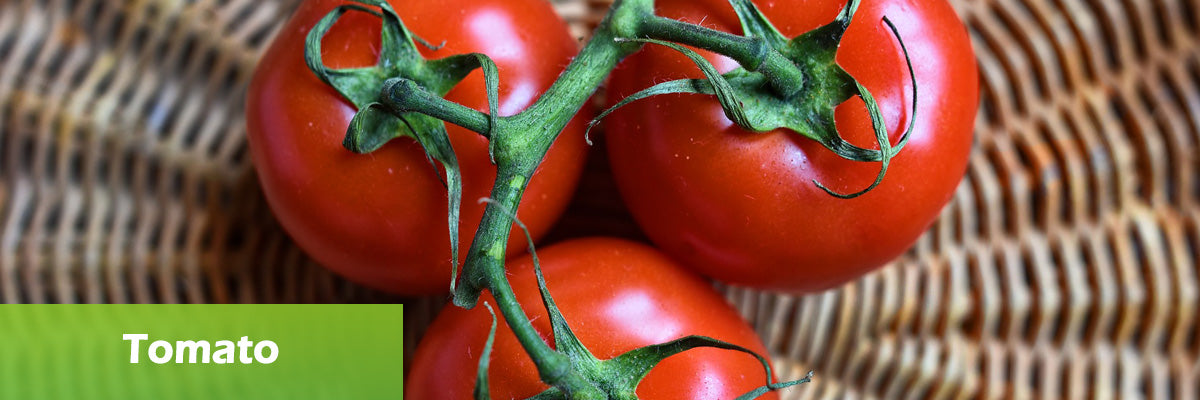
Tomatoes are one of the few foods on the planet rich in lycopene.
Lycopene is a carotenoid that’s most potent in the skins of tomatoes.
There are so many different types and colors of tomatoes, so they each have slightly different nutrient profiles, but lycopene is consistent.
The redder the tomato, the more lycopene it has.
Interestingly, the cooking or processing of tomatoes actually increases lycopene potency, while fresh tomatoes are richer in vitamin C.
So it’s important to eat both fresh and cooked tomatoes to get maximum benefits.
32 - Wheatgrass
Wheatgrass is generally known as a hangover remedy, but that’s not all it’s good for.
It’s been studied for its amazing anti-inflammatory properties.
The ingredient that’s been studied for its anti-inflammatory compounds is chlorophyll.
Chlorophyll is what makes plants green and is vital for photosynthesis, which is what gives the plants energy.
Additionally, it’s been studied for its effects on reducing the pain and inflammation associated with ulcerative colitis.
Mixing a shot using juice powder is the easiest way to use it.
33 - Barley grass
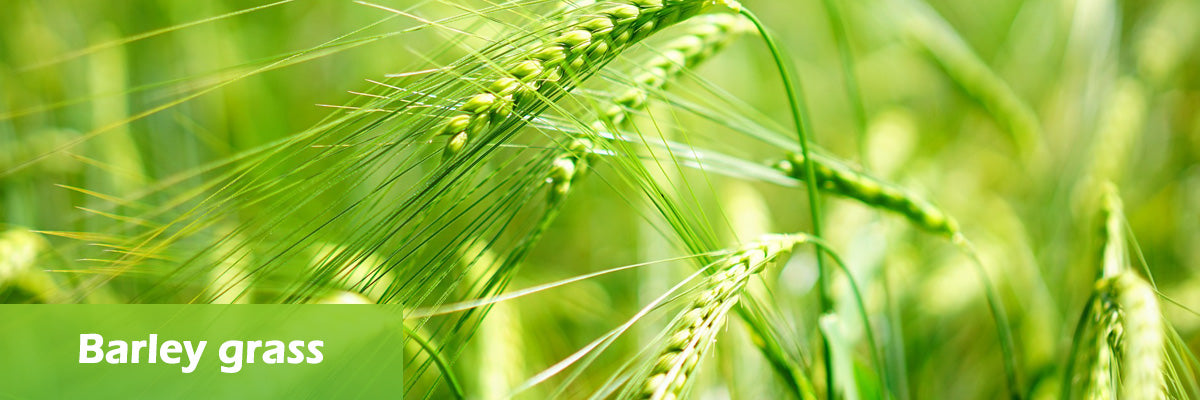
Another rich source of chlorophyll, barley grass helps alkalize your body, offers anti-inflammatory benefits, and promotes your body’s healthy detoxification process.
A super potent source of vitamin C, it helps support a healthy immune system.
It’s also a good source of natural sodium, which helps the stomach create hydrochloric acid for digestion and promotes a healthy digestive system.
Barley grass is most often found in powder form and can be mixed with water or smoothies to be taken as a good or supplement.
34 - Coconut

The ultimate super-fatty fruit is rich in MCT oil (medium-chain triglycerides), a special kind of fat that burns faster, fuels the brain, and promotes weight loss.
MCT oil has been studied for its ability not only to reduce appetite meal over meal, it also jump-starts your metabolism.
Coconut fruit is also rich in fiber to help promote healthy digestion and a happy colon.
The water that comes from inside the seed is rich in electrolytes and is considered “nature’s sports drink.”
35 - Cacao
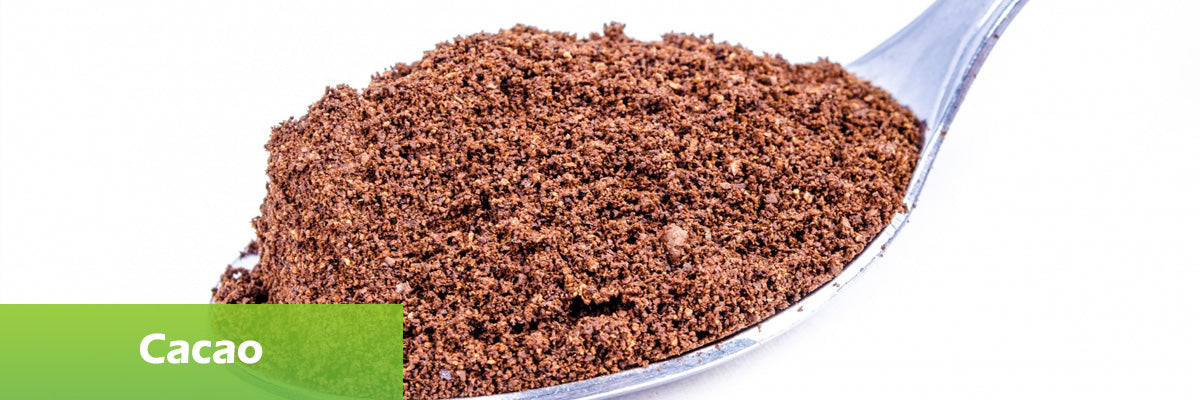
Cacao is the main ingredient in chocolate.
While surely you know that small doses of very dark chocolate are beneficial to your health, the antioxidants go through the roof when you choose raw cacao.
You can find raw cacao in powder form on its own, or you can choose raw chocolate.
Flavonols in cacao may improve nitric oxide levels in your blood, which can help lower blood pressure, dilate your blood vessels to promote healthy blood flow.
36 - Macadamia Nuts

Macadamia nuts are among the highest-fat nuts, but the fat they contain is a special type of monounsaturated fats (MUFA).
Both palmitoleic acid and oleic acids (two types of MUFAs) are exceptionally high in macadamia nuts.
These fats may help promote brain health and weight loss, respectively, according to animal studies.
Macadamia nuts are also high in fiber and have a very low glycemic index of 1.
Their fat and fiber content keeps you full for longer and may help curb your appetite by keeping your blood sugar stable.
37 - Reishi Mushroom
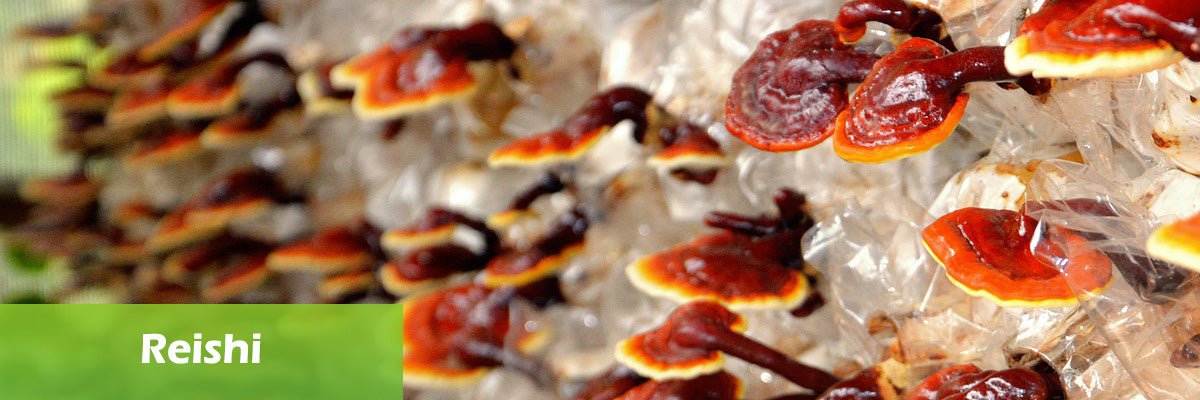
Reishi mushrooms are especially popular in eastern medicine, but they’ve been studied in western medicine for their effects on the immune system.
They’re especially intriguing for its potential effects on boosting the immune system. Two studies show promise on reishi’s ability.
Reishi mushrooms may also boost immune function and reduce inflammatory markers in healthy people as well.
38 - Black Pepper

You’ve probably never thought about black pepper as a health food.
But those little black specks can actually have a positive impact on your cardiovascular system, your blood sugar, and your neurological health.
Interestingly, it may also help with the absorption of other healthy nutrients like the ones found in turmeric.
Ayurvedic (traditional Indian medicine) experts tend to recommend taking turmeric and black pepper together to help your body better absorb the turmeric.
Black pepper may also help with pain relief, but more work in this area needs to be done.
39 - Kefir

Kefir, like yogurt, is a fermented food rich in beneficial bacteria.
That being said, the diversity and quantity of bacteria found in kefir make it a much more potent source of probiotics than standard yogurt.
It’s usually prepared with dairy milk, but you can find coconut water kefir or other non-dairy forms that are just as rich in microbiota.
Kefir requires a very short fermentation process, just 24 hours, using kefir grains, which are clusters of lactic acid bacteria and yeast.
40 - Sauerkraut
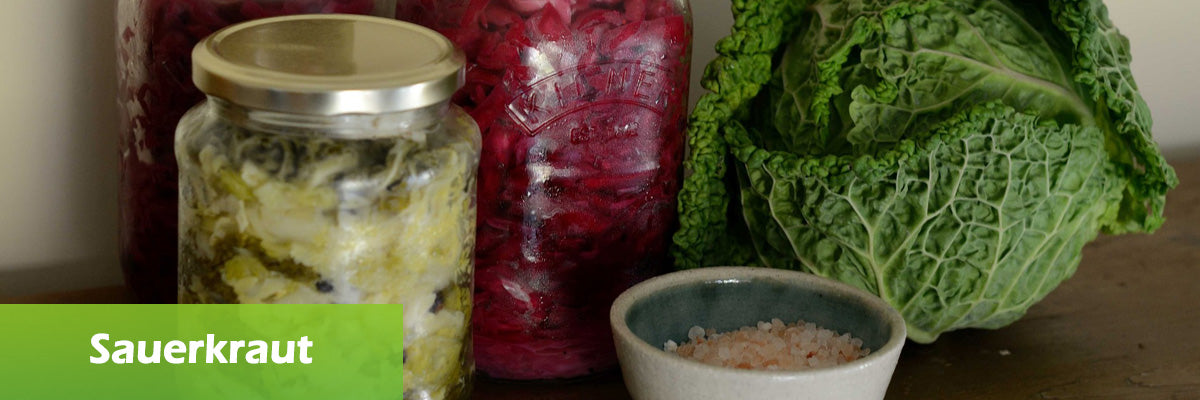
Sauerkraut is another fermented food rich in live bacteria.
It’s lacto-fermented cabbage, but it’s important to look for the word “raw” when you buy it, or you likely won’t be getting the beneficial live bacteria you’re looking for.
Eating a diversity of foods rich in live bacteria helps ensure biodiversity of gut flora in your intestine, boost your immune system, and help protect the gut lining.
The great thing about sauerkraut over other fermented foods like yogurt and kefir, however, is that it’s made with cabbage, so you get all the health benefits of cabbage as well: fiber, vitamin K, vitamin A, and vitamin C.
41 - Kimchi
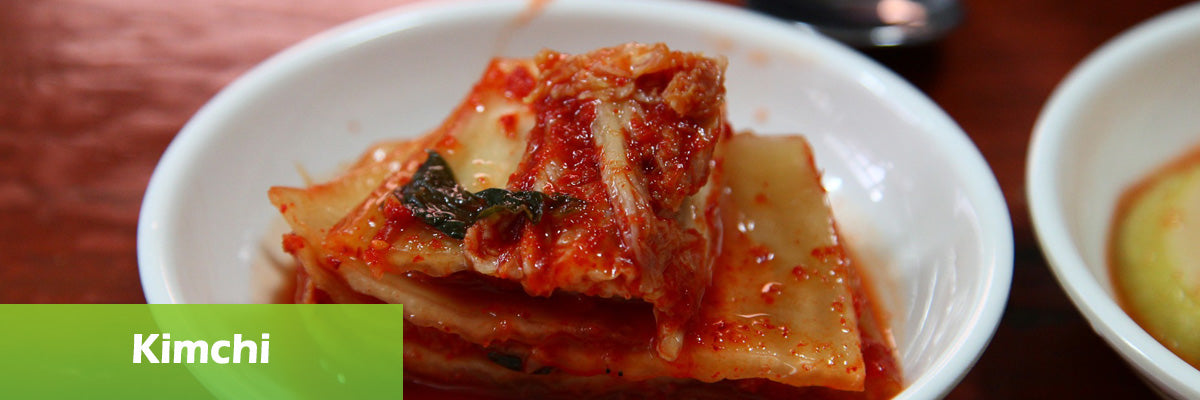
Kimchi is very similar to sauerkraut, in that it’s fermented cabbage. So if you’re impressed with what you’ll get inside a sauerkraut jar, you should consider grabbing some kimchi too.
Kimchi is a Korean staple, usually made by wild ferment, meaning that it uses the microbes from around it to create a natural live ferment.
In addition to the various benefits you get from eating sauerkraut, kimchi also offers the benefits of the spices that give it its unique flavor, namely red chili pepper and garlic.
Kimchi has been studied for its effects on memory and cognition, cardiovascular health, inflammatory response, and immune health.
42 - Olive Oil
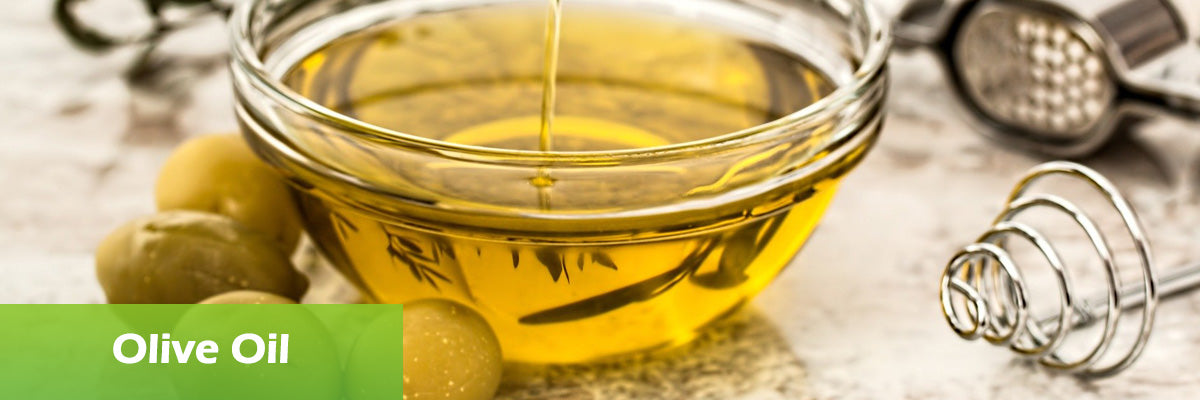
Olive oil is rich in monounsaturated fatty acids (MUFAs), which are the star of the show in the mediterranean diet.
This type of fat is among the most heart-healthy oils.
It’s been studied for its ability to help maintain healthy cholesterol levels, lower inflammation, prevent blood clotting, lower blood pressure, and maintain a healthy weight.
The anti-inflammatory properties in olive oil have also shown promise for rheumatoid arthritis patients, due to their ability to quell oxidative stress, especially when combined with fish oil.
43 - Avocado Oil
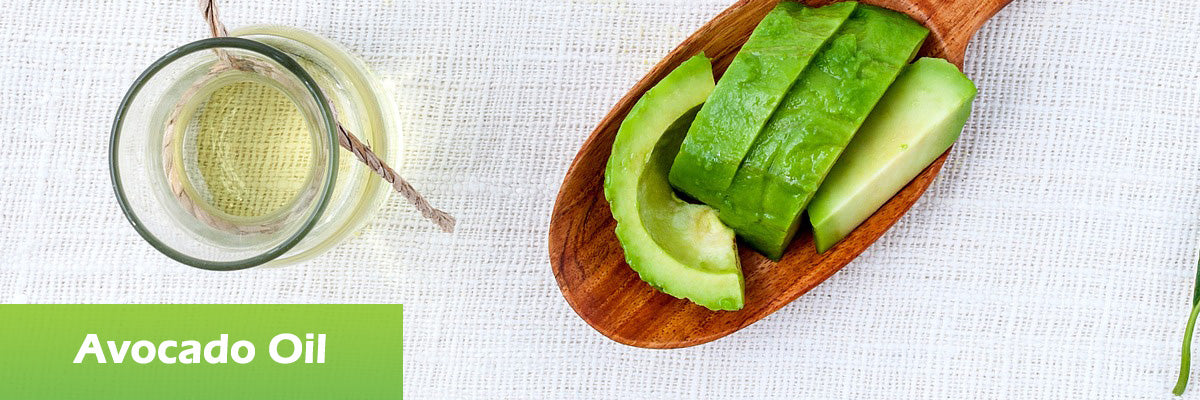
Like olive oil, avocado oil is rich in MUFAs.
Avocado rivals coconut in its fat density as the fattiest fruit.
The oil that comes from pressing avocadoes is perfect for medium- to high-heat cooking and very stable.
It offers the same cardioprotective benefits as olive oil, and has been specifically studied for its ability to help reduce LDL cholesterol (the bad kind) and increase HDL cholesterol (the good kind).
44 - Grapefruit

If you’ve heard of the grapefruit diet, you’re likely already familiar with the health benefits of grapefruit.
While we aren’t advocating that you try this diet, the low-calorie, relatively low-sugar, high-fiber, and high nutrient-density of this superfood makes it an excellent candidate to help you curb your appetite and optimize your health.
Grapefruit is rich in a number of nutrients that helps promote skin health and improve it as a protective barrier function against infection.
These nutrients include zinc, copper, iron, and B vitamins.
45 - Wild Caught Fish
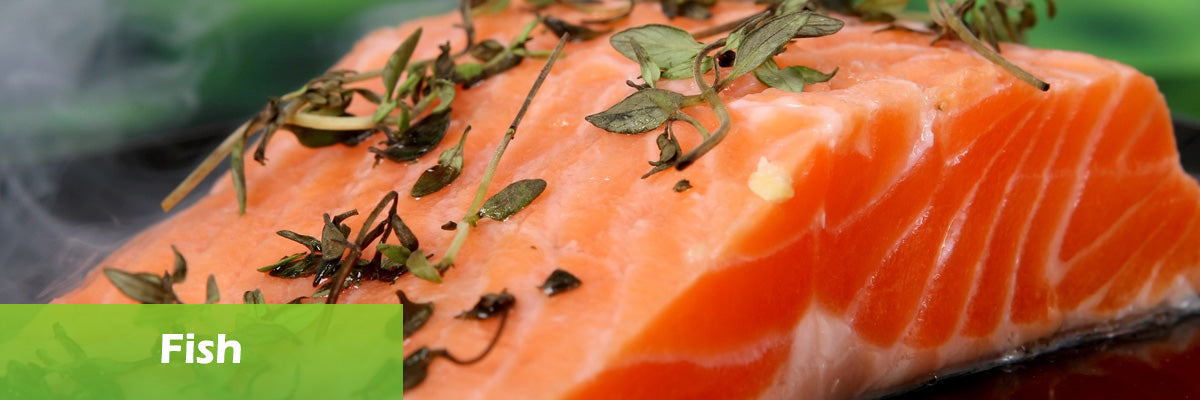
In addition to being an excellent source of lean protein, wild-caught fish are best known for their omega-3 content.
That’s because they’re eating the diet they’re meant to eat, rather than the soy or corn feed given to farm-raised fish.
The standard American diet (SAD) is notoriously high in pro-inflammatory omega6 fatty acids with a ratio of 15-16:1, omega-6 to omega-3.
That’s because Americans tend to eat too many seed oils, corn, grains, grain-fed beef, and other processed foods that are prepared with omega-6s.
By eating wild fish instead of farmed, you’re increasing your omega-3 count and coming closer to the ideal ratio of 4:1.
46 - Grass Fed Beef

Much like the difference between wild and farmed fish, grass-fed beef is higher in omega-3s than corn-or grain-fed.
Additionally, because grass-fed cows are eating the foods they’re meant to eat and given the amount of space they need to grow and thrive, they don’t need the protection of antibiotics that most grain-fed cows need.
Grain-fed cows are usually confined to feedlots and stuck in crowded conditions exposed to their own waste and the waste of their feedlot roommates.
The antibiotics fed to cows end up in the meat you eat, meaning that you’re getting antibiotics that you don’t need and potentially contributing to the growing epidemic of drug-resistant superbugs.
Grass-fed beef is also richer in B vitamins, vitamin E, beta carotene, iron, selenium, zinc, and other important antioxidants.
47 - Pastured Pork
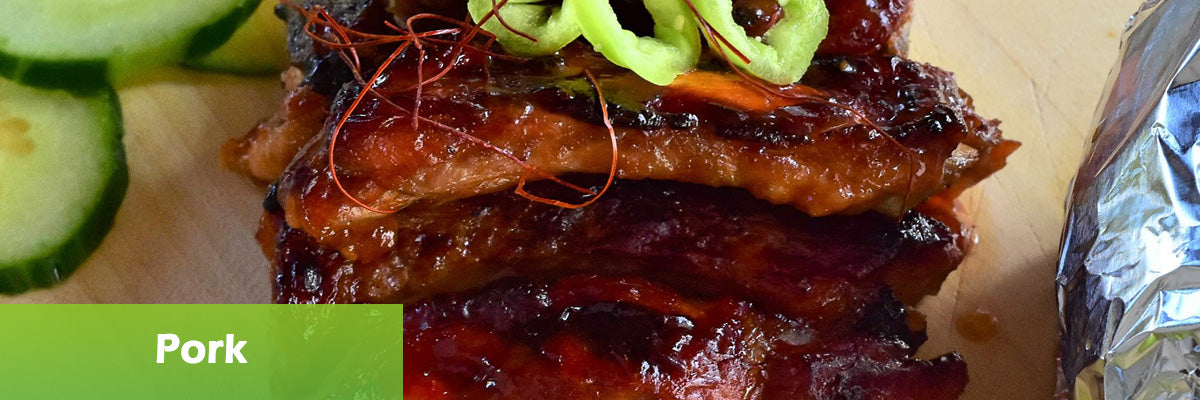
Pasture-raised pigs are the pork equivalent of grass-fed beef.
However pigs are natural omnivores, so there’s no need to restrict their diet to grass only. On a humanitarian level, the treatment of conventional pigs is horrendous.
They’re confined to CAFOs (Concentrated Animal Feeding Operations), which are indoor cages much too small for them and fraught with sickness and excessive waste.
It creates undue stress on the animals, and those stress hormones end up in the meat you eat.
By comparison, pastured pigs are allowed to roam free and soak up the sun, which provides a major nutrition boost to the meat that ends up on your plate.
Even the color of pastured vs conventional pork is noticeable in a side-by-side comparison.
The Sustainable Agriculture Research and Education (SARE) group estimates that pastured pork is 50% richer in omega-3s than conventional pork, even though they’re fed a diverse diet.
48 - Pastured Chicken

Based on the previous two superfoods, you can probably guess the benefits of eating pastured chicken.
Again, conventional chickens, and even some cage-free chickens, spend all or the vast majority of their lives inside out of the sun.
The sun provides valuable nutrients, namely vitamin D, as does a natural chicken diet of grubs, seeds, grains, and grasses.
Pastured chickens have a diverse diet and exposure to the sun, which gives their meat a much denser nutrient profile than their conventional counterparts.
Food researcher Joy Robison of Eat Wild fame states that pastured chickens have a better omega-6 to 3 ratio, higher conjugated lineolic acid (CLA) content, more fat-soluble vitamins like vitamin E, A, and D, and a more abundant antioxidant profile.
This is true of both chicken and pork.
49 - Carrot
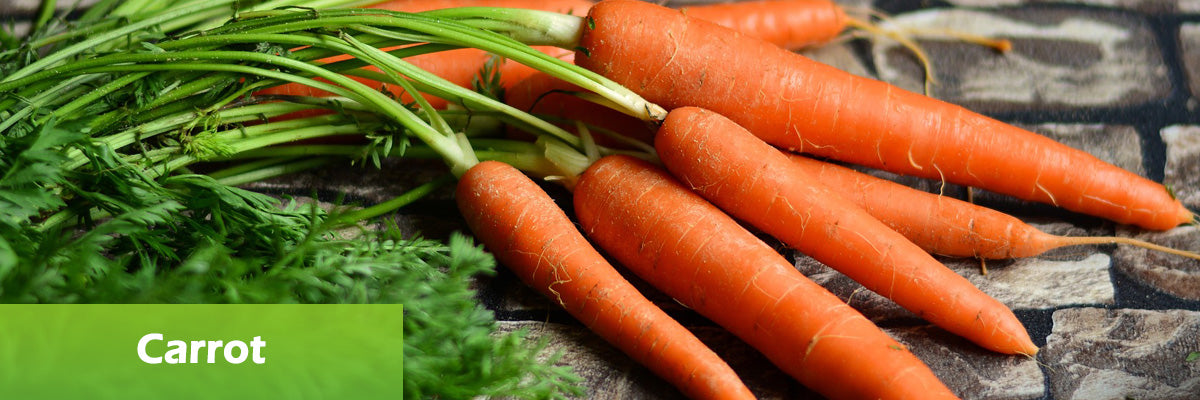
In addition to the standard orange, carrots come in a variety of colors, including white, yellow, red, burgundy, and purple.
Just like other red and purple foods we’ve mentioned on this list, the red, burgundy, and purple varieties of carrots are rich in the powerful type of antioxidant, anthocyanins.
But your standard orange carrots are superfoods too.
Rich beta carotene, a precursor to vitamin A, carrots promote good eye health and vision.
Carrots are also rich in biotin, a B vitamin critical for healthy hair, skin, and nails.
50 - Kale
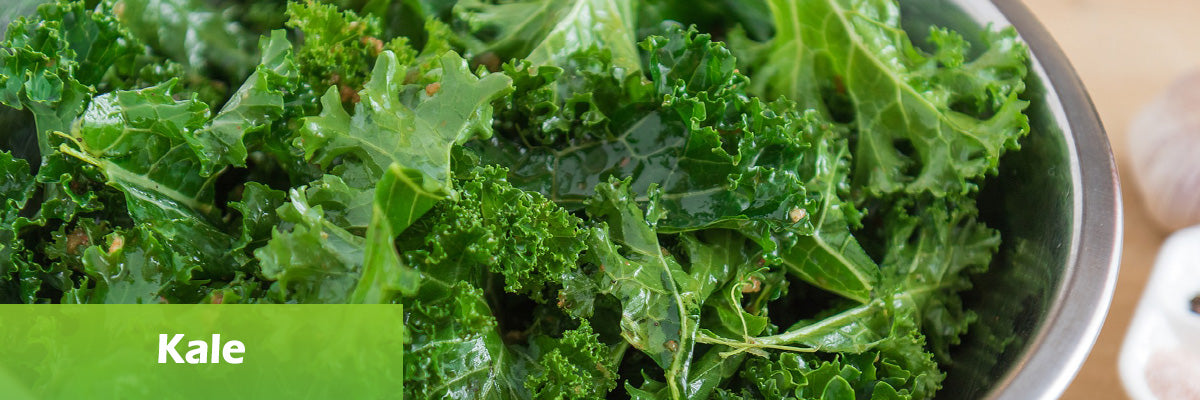
Kale is related to a number of other foods, all of which are cruciferous vegetables.
This includes broccoli, cabbage, cauliflower, bok choy, and more.
There are a number of different types of kale.
Their leaves can be curly or smooth, green or purple.
By now you can probably guess what type of antioxidant is in the purple varieties (anthocyanins), but kale in general is packed with micronutients.
One cup of raw kale (of any variety) contains 206% of your daily needs of beta carotene, 684% of your needs for vitamin K, and 134% of your needs for vitamin C.
Pretty amazing, right?
51 - Apple

You’ve likely heard the adage, “An apple a day keeps the doctor away.”
This is an old Welch saying, but it’s actually rooted in facts.
Studies are showing that these days, an apple a day may keep many harmful things away.
Apples are rich in a certain type of fiber called pectin, which promotes gut health by feeding the good bacteria in the gut.
This type of fiber is called “prebiotic” fiber, and it’s found in other superfoods on this like, garlic, onions, and cruciferous veggies.
52 - Pear
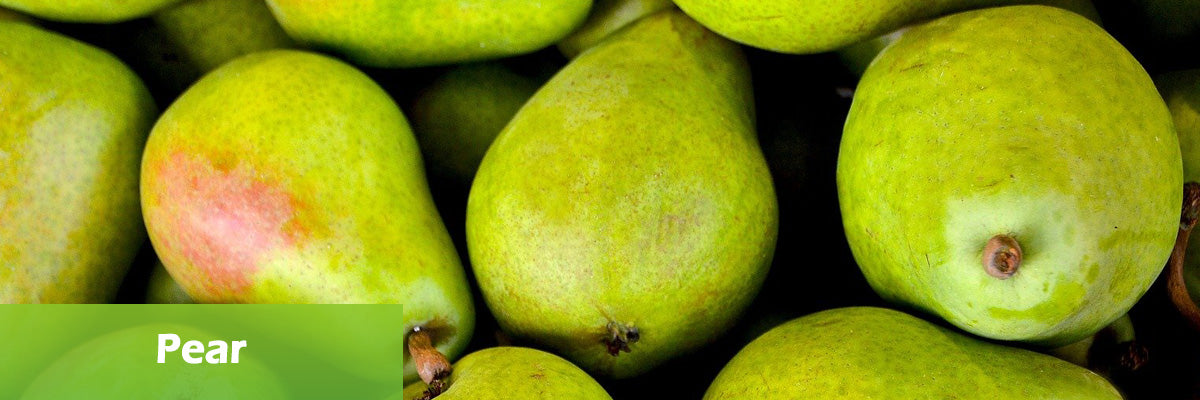
There are over 100 types of pears grown around the world, but Bartlett, Bosc, and D’Anjou are the most popular.
Pears are the fruit richest in a particular compound called phenolic acids.
Phenolic acids are well-documented for their antimicrobial, anti-inflammatory, and anti-mutagenic properties.
Pears, like other fruits, are also rich in fiber and antioxidants.
53 - Kiwi
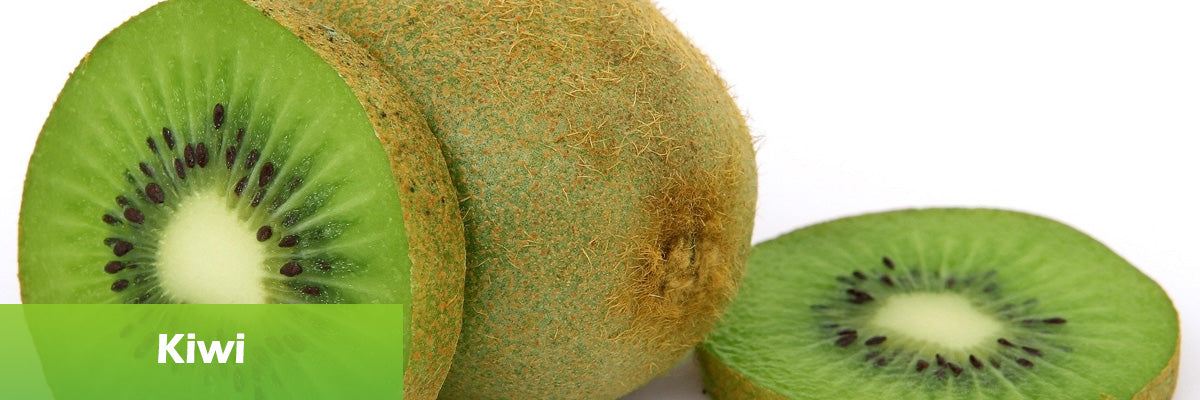
Kiwi contains an enzyme called actinidin, which aids in protein digestion and has been shown to enhance overall digestion.
It’s also rich in vitamins C, K, E, folate and potassium.
54 - Banana
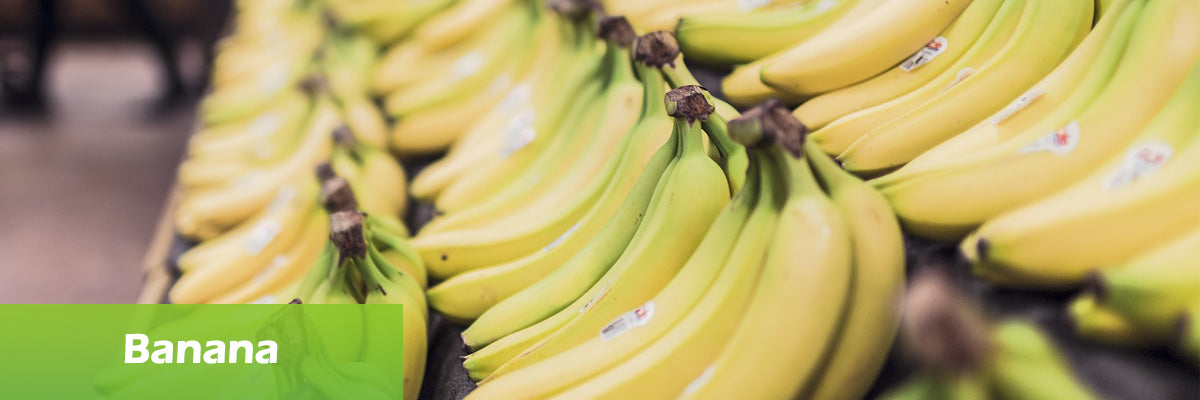
In addition to being rich in a number of vitamins and minerals, bananas are rich in two types of carbohydrates that can help you control your blood sugar.
The two types are pectin and resistant starch.
Pectin is a soluble fiber that helps bulk up your stool while resistant starch takes a long time to get through your system, helping you stay fuller longer.
Pectin is indigestible by humans and requires the use of the healthy bacteria in your gut, so by eating pectin, you’re feeding your good bugs.
55 - Mango
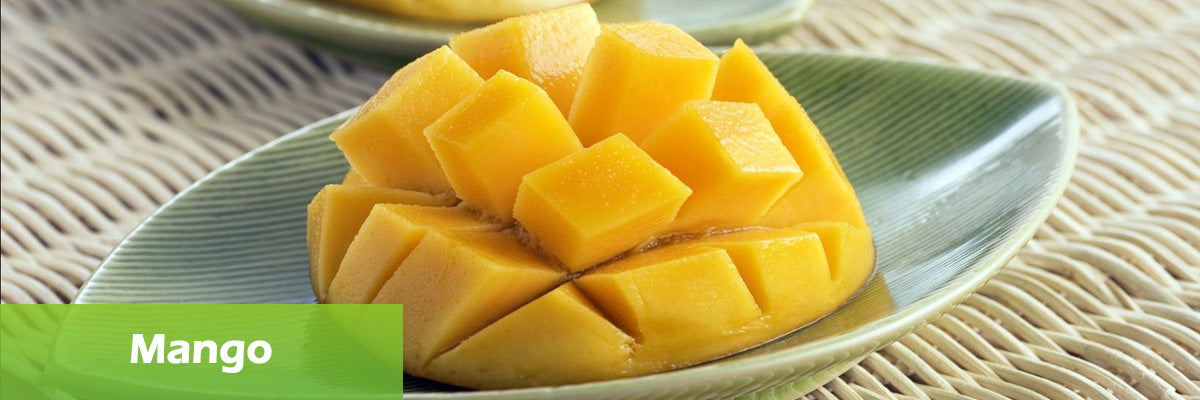
This tropical fruit, in addition to being super sweet and scrumptious, offers a bounty of vitamins and minerals, including magnesium and potassium.
These minerals help promote healthy blood pressure by allowing your blood vessels to relax.
A group of enzymes called amylases are also found in mango.
These enzymes help your body break down carbohydrates into simple sugars that can be used for energy for your brain and body.
56 - Orange
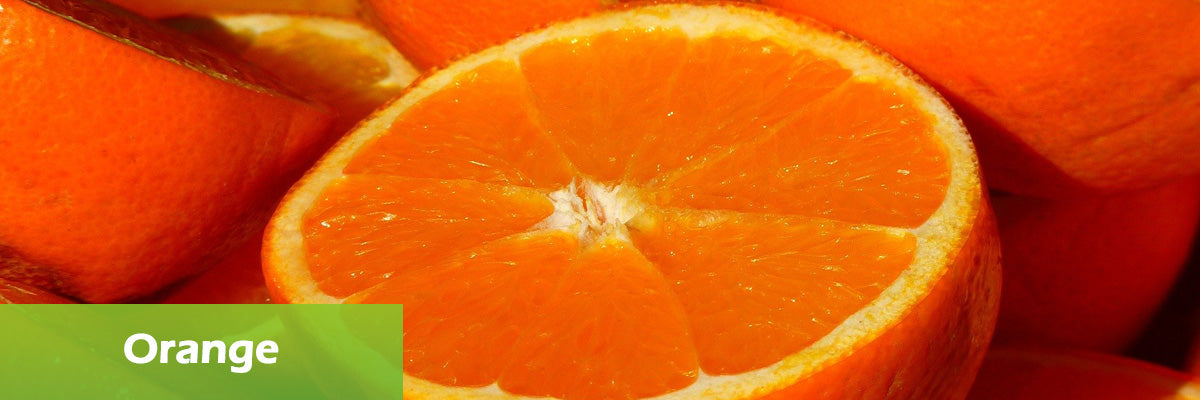
In addition to the vitamin C that oranges are known for, they also contain D- limonene, which has been studied for its potential anti-inflammatory and antioxidant properties.
D-limonene is especially potent in the peels of the orange, which you might not want to eat but could cook with or steep like a tea.
You can also find it as an essential oil, as it makes up close to 95% of the oil found in the peels.
57 - Watermelon

Watermelons are 92% water, which means they can help you stay hydrated while enjoying a healthy snack on a hot summer day.
They’re also rich in lycopene, a nutrient that’s critical for eye health.
One study showed that the lycopene in watermelon helped reduce the damage caused by oxidative stress.
58 - Kombucha
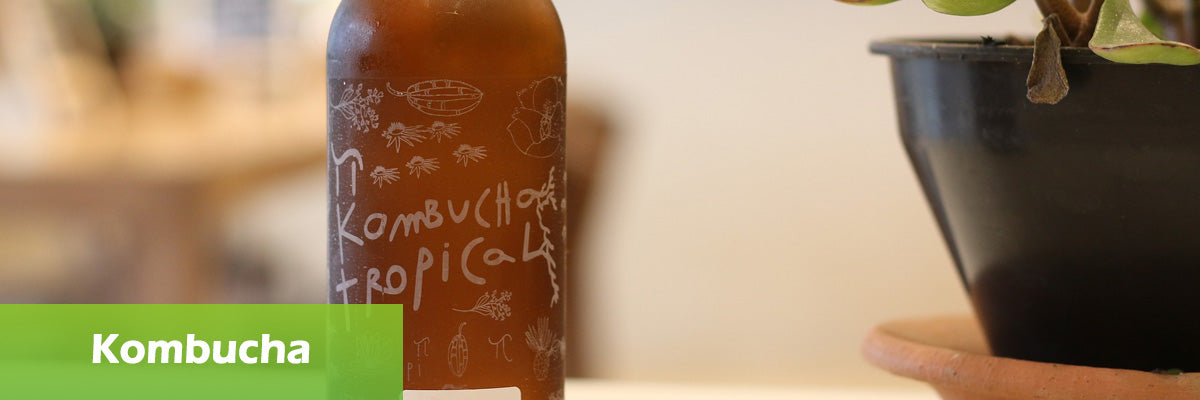
Also called “mushroom tea,” kombucha is a fermented beverage made with either black tea or green tea, lots of cane sugar, and a SCOBY (Symbiotic Culture Of Bacteria and Yeast).
The SCOBY ferments the tea over the course of a week or two by eating up all the sugar and creating a semi-sweet beverage with a light vinegar flavor.
This fermented beverage gives you not only the antioxidant benefits of green or black tea, but also the probiotic benefit of the microbiota it contains.
59 - Dark Chocolate
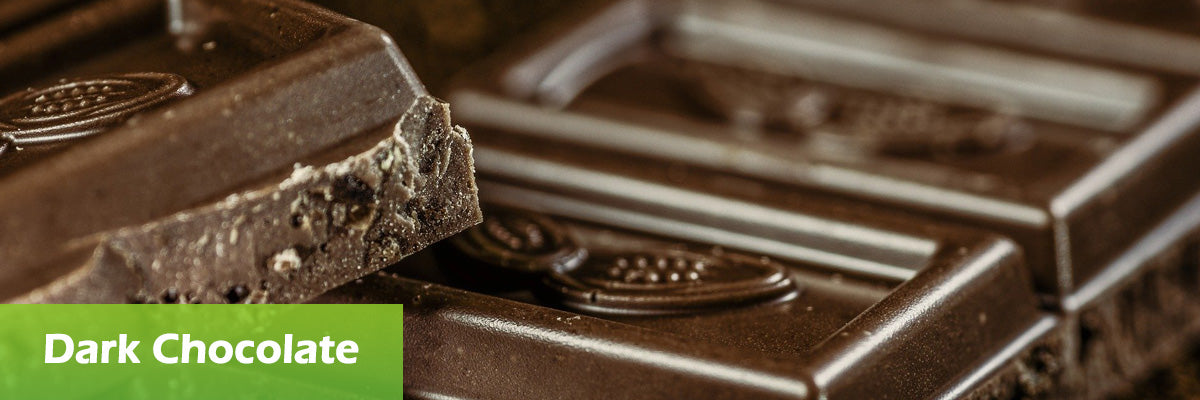
Super dark chocolate (70-90%) is more like a food than a candy.
In fact, next time you go to the grocery story, pay attention at check out.
Candy is taxed, but super dark chocolate is not. That’s because it’s a real food, and not only that, it’s a superfood.
Eating dark chocolate in moderation is a delicious way to get more antioxidants into your diet.
Studies show that chocolate can help reduce LDL and increase HDL cholesterol, in addition to helping reduce blood pressure and insulin resistance.
60 - Artichoke

Artichoke is a thistle plant, and the part you eat is essentially the flower bud.
The meat of each leaf, in addition to the starchy bottom of the bulb are edible once you boil or steam it.
Those parts of the plant contain a special fiber called inulin that acts as a prebiotic to feed the good bacteria in your gut and promote healthy digestion.
Artichoke is also used in extract or tincture form for therapeutic use.
A lot like milk thistle, artichoke extract helps tonify the liver and promotes healthy detoxification and digestion.
61 - Chickpea
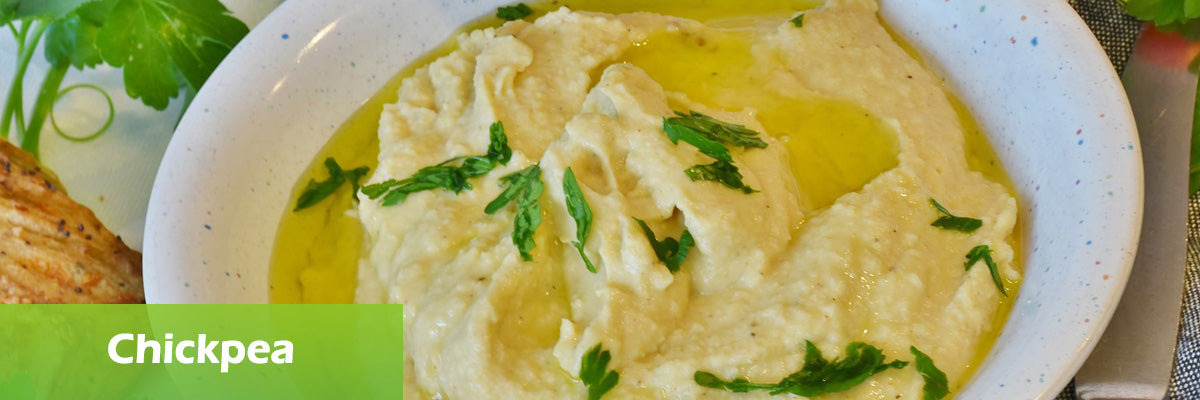
Chickpeas, also known as garbanzo beans, are a high-fiber and moderately high-protein legume.
They’re a great source of protein for vegetarians and vegans, and they’re also very filling.
Chickpeas are also rich in choline and selenium, both of which have been studied for their effects on mood, memory, and learning.
62 - Eggplant
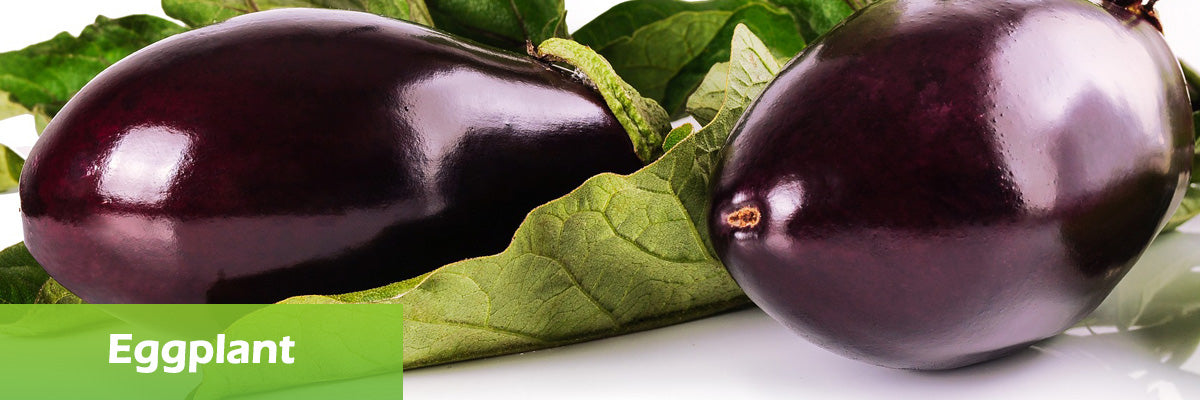
Eggplant is an incredibly healthy, low-calorie food.
If you keep the skins on, you’re getting more purple food into your diet and upping your antioxidant count.
Eggplant is a member of the nightshade family, which some people can’t digest well, but if you’re not one of those people it’s a great food to add into your diet.
There are a number of creative ways to add this high-fiber food to your diet, including baking, stir frying, or turning int a dip called baba ganoush.
63 - Maca Root
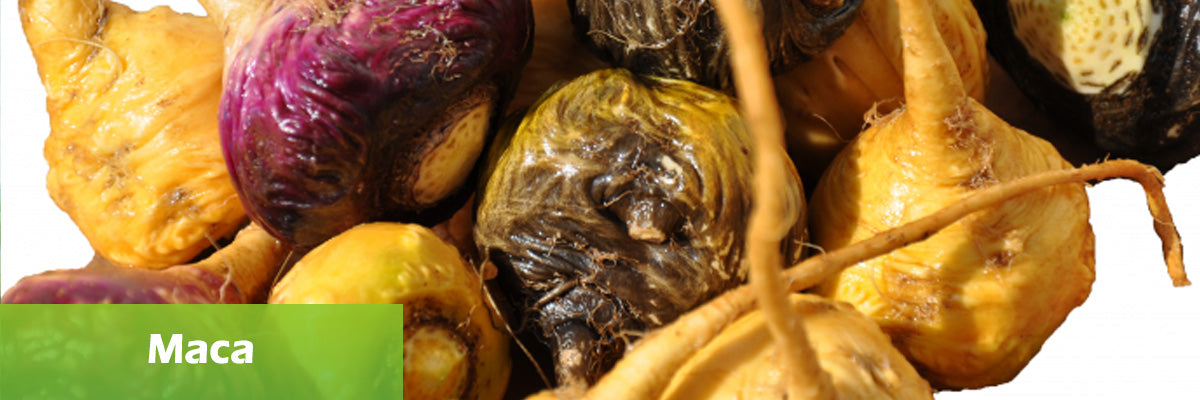
Maca root is a peruvian herb that you can take in supplement form or add to smoothies.
It’s been studied for its role in improving libido in both men and women.
It’s also shown promise in helping post-menopausal women who are taking antidepressant and suffering sexual side effects.
It’s also considered an adaptogen, which means it can help boost mood and energy levels.
Maca has a strong, nutty flavor, so start slowly and gradually add more to your diet as you get used to it.
64 - Bone Broth

Bone broth is rich in collagen, which helps improve skin elasticity and texture, joint health, and digestive function.
It’s usually cooked with vegetables alongside the bones, so you’re getting trace benefits there too.
Because bone broth is made through the boiling of bones over a long period of time, you’re getting the broken-down bone matrix, which means it’s a good source of minerals.
65 - Pecan
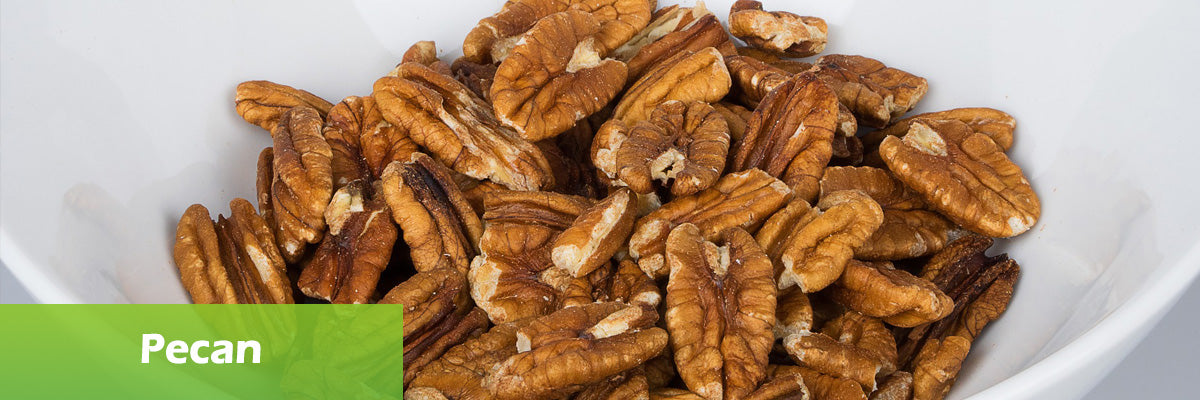
Pecans, in addition to being a great, high-fiber, moderat protein snack, are rich in a special type of vitamin E called gamma-tocopherols.
Gamma-tocopherols have been shown in studies to help prevent the oxidization of cholesterol in the blood stream.
While we know that there’s the good (HDL) and the bad (LDL) type of cholesterol, the oxidation of cholesterol is dangerous and a major risk factor for heart problems.
66 - Nutritional Yeast
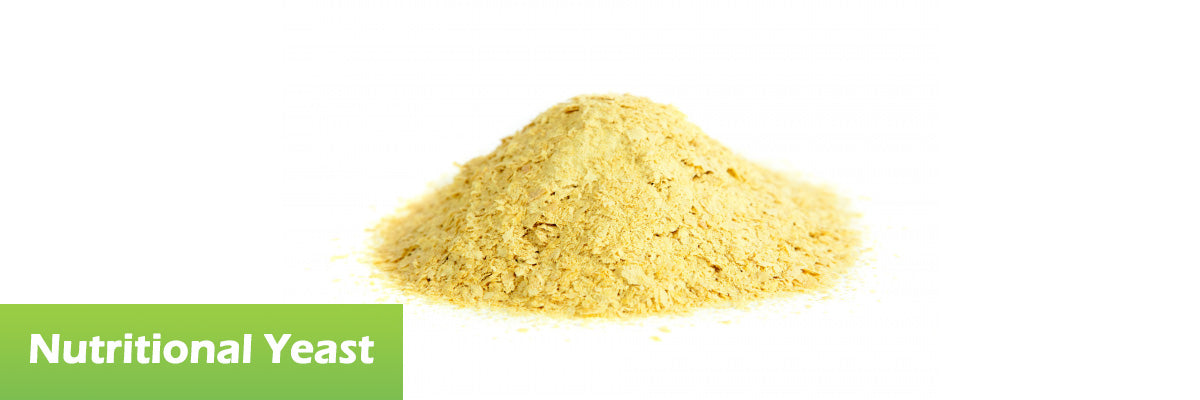
Nutritional yeast makes for a flavorful addition to popcorn, eggs, and tons of other foods.
It’s an especially useful addition to certain dishes for vegans and vegetarians who need a good source of B vitamins and protein.
Made from deactivated yeast, this product is not considered a fermented food because it’s not technically alive.
67 - Pistachio
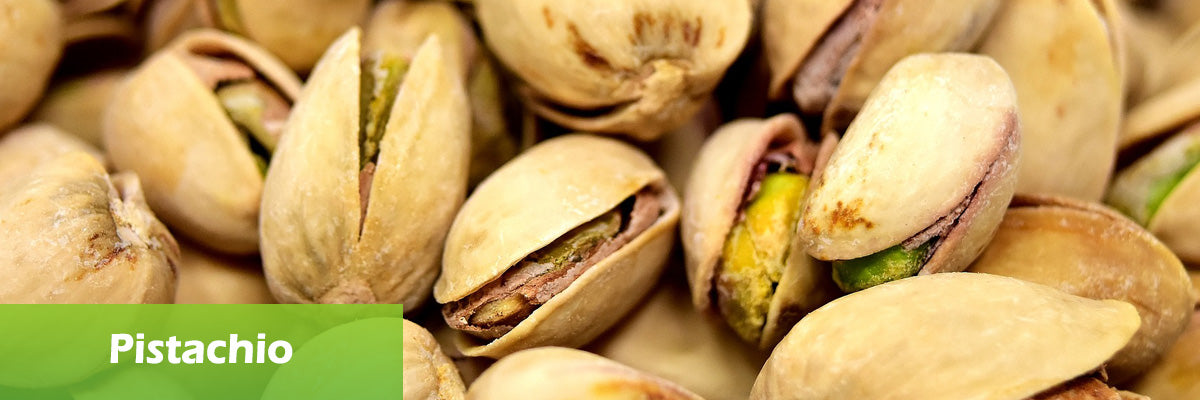
Pistachios are both loaded with nutrients and fun to eat when purchased with the shell still on.
These little green nuts are one of the most potent sources of lutein and zeaxanthin, two nutrients that are important for eye health.
Both of these nutrients are critical in the makeup of healthy retinal tissue and macular tissue, making pistachios an incredibly important food to help maintain healthy eye function and vision.
68 - Lemon
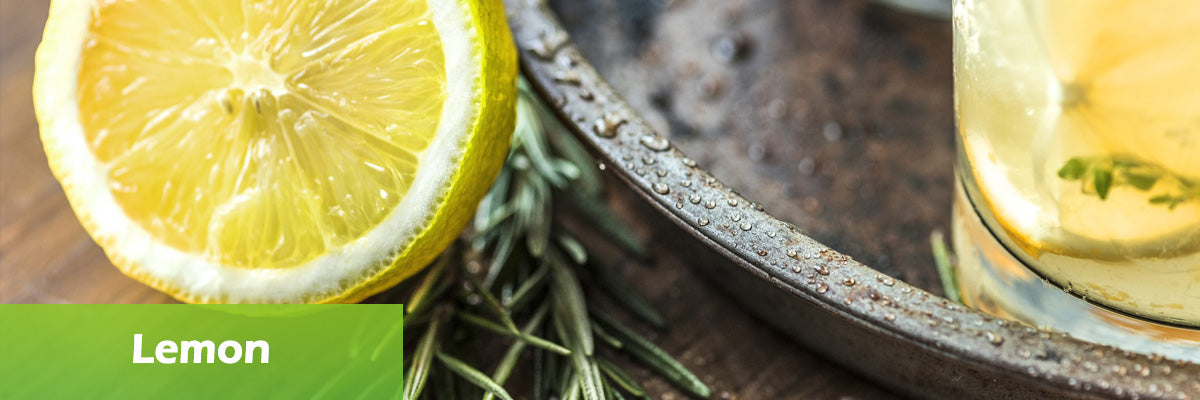
Lemons are one of the few fruits you don’t just bite down on to eat.
That’s because they’re incredibly sour and tart.
The citric acid in lemon is the main reason why.
Citric acid has been studied for its ability to alkalize the body. In doing so, it alkalizes the urine, helping your body aid some urinary issues.
69 - Basil

Basil is considered an adaptogen, an antioxidant that helps your body adapt to stress.
It also boasts powerful antibacterial properties.
It smells and tastes wonderful so use it often to add a burst of freshness to your food.
70 - Cherry
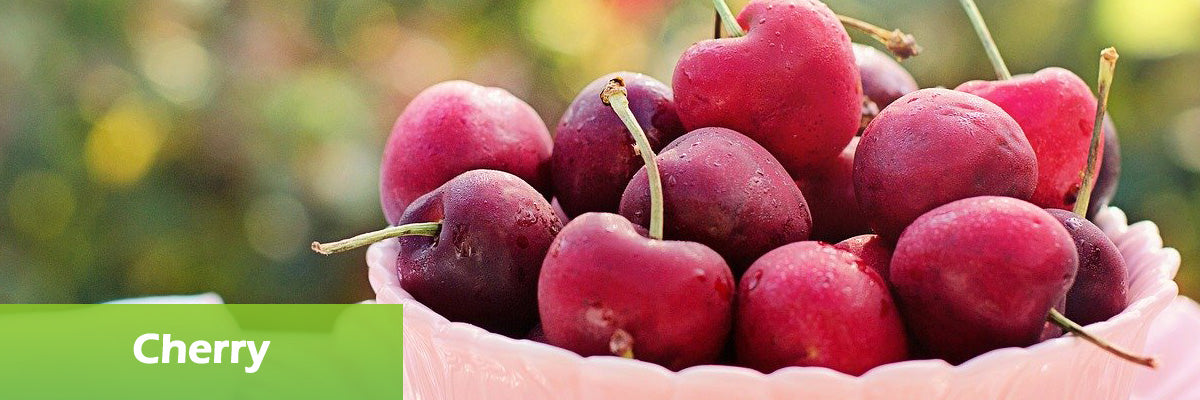
Part of the vast nutritional benefit found in cherries are the chemicals tryptophan, serotonin, and melatonin.
Each of these plays a key role in your sleep/wake cycle (also known as your circadian rhythm) and mood regulation.
Serotonin is the hormone responsible for your sense of well-being, and melatonin helps you wind down at night.
Tryptophan is a precursor to serotonin, which is a precursor to melatonin.
71 - CBD
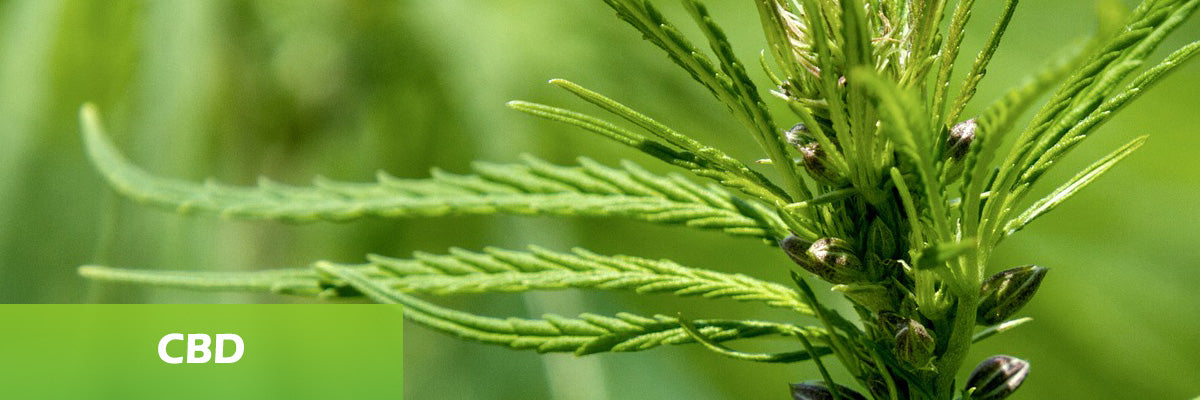
CBD is a non-psychoactive compound found in the marijuana plant. It’s recently been approved for medicinal and commercial use nationwide in the United States.
CBD attaches to the human CB2 (cannabinoid 2) receptor to positively affect inflammation and pain.
You can usually find CBD in the form of an oil or edible gummies/candies for oral consumption.
It’s also available in topical lotions, salves, and bath products, although the efficacy is still being studied.
72 - Cashew
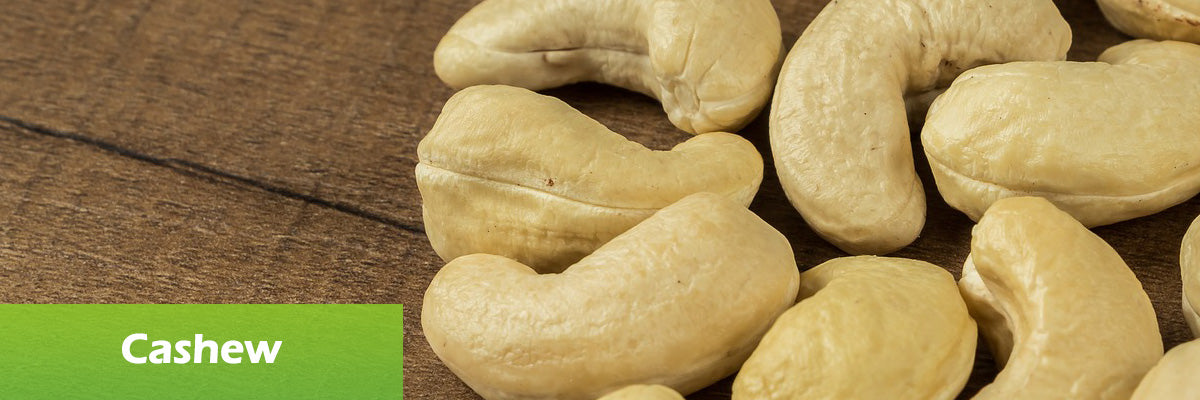
Cashews, like other nuts are high in fiber and cardioprotective antioxidants.
They’ve been studied for their role in helping maintain healthy cholesterol levels and blood pressure.
They’re also rich in copper and iron, which help your body form red blood cells.
Cashews make for a great snack, but you can also soak them for several hours and then blend them into a cream, which you can make sweet or savory as a vegan alternative for dairy spreads and creams.
73 - Snap Pea
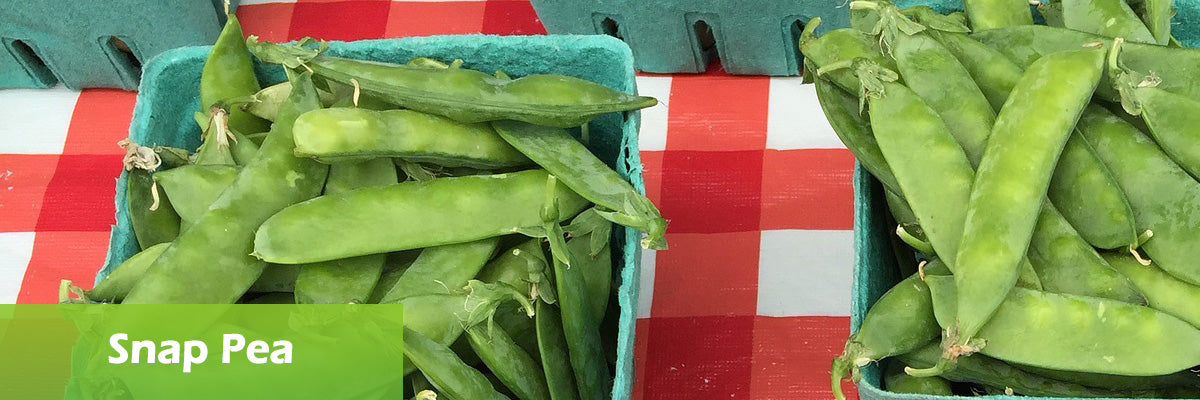
Sugar snap peas are a cross between a snow pea and a garden pea.
They’re much less starchy than a regular garden pea, but they’re still a bit sweet.
This makes them a deliciously wholesome snack on their own.
They’re a relatively high-fiber food, which is great for your blood sugar, and just 3.5 ounces gives you all the vitamin C you need in a day.
74 - Squash
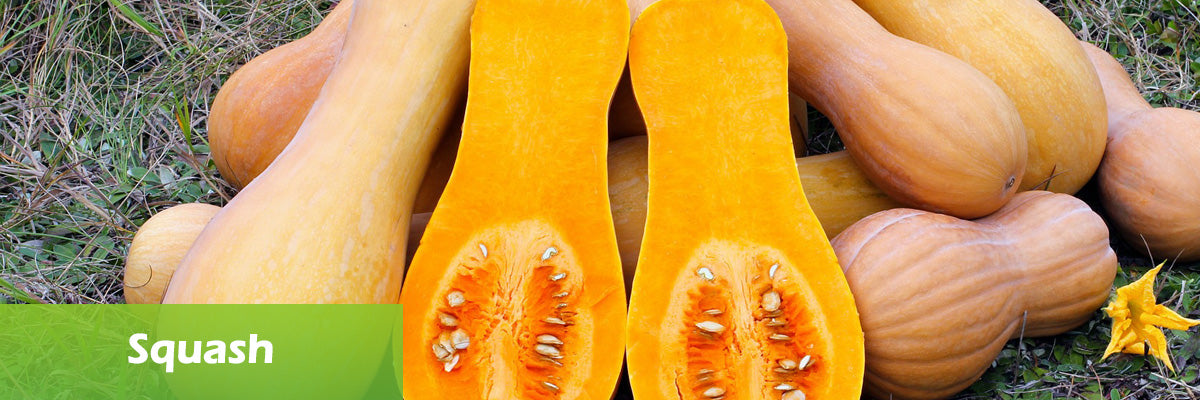
There are so many different kinds of squash that each could have its own place on this list, but the easiest way to think about it is by the quality of the flesh.
Winter squash (like pumpkins, delicata, butternut, spaghetti, and acorn) are all firm and cannot be eaten raw.
They’re starchier than summer squash and are more shelf-stable, due to their firm, waxier exterior.
Summer squash is softer (like yellow squash and zucchini) with thinner skin and watery flesh.
Summer squash is lower in carbohydrates than winter squash, but the lowest-carb winter squash is pumpkin and spaghetti squash.
Both zucchini and spaghetti squash are often used or recommended in low-carb or keto recipes to help keep the carb count low.
75 - Spinach
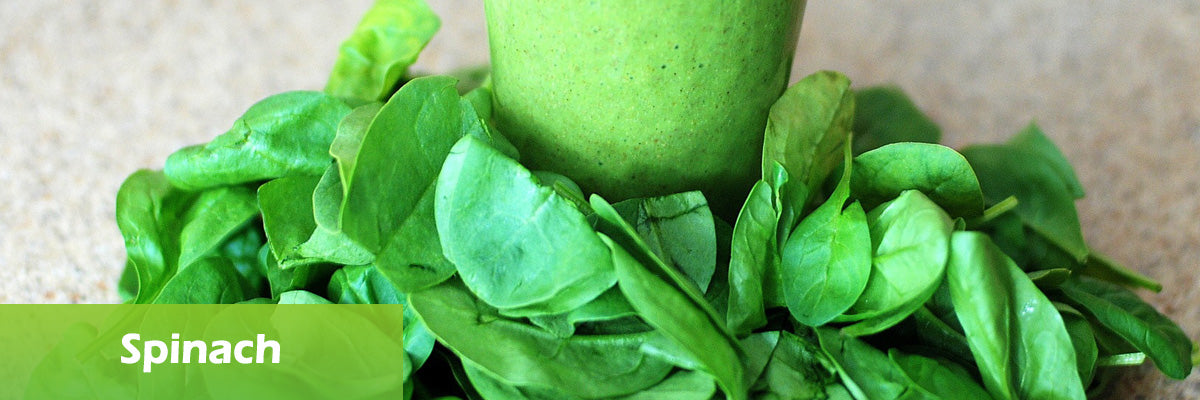
You might be surprised to learn that spinach is related to amaranth, quinoa, and beets.
It’s high in insoluble fiber.
That’s the kind that helps move your bowel and is indigestible by humans. Another word for insoluble fiber is roughage.
Spinach is also packed with carotenoids, the ingredients your body needs to make vitamin A, and folic acid (vitamin B9), which is highly recommended for pregnant and nursing mothers.
Folic acid is helps your body produce and maintain new cells, something critical for fetal development but also for continued health in adults.
76 - Ghee

Ghee is a form of butter cooked and clarified to remove all of the sugars and proteins.
As a result of the cooking process, it has a nuttier flavor than butter and is a clear yellow consistency.
Ghee is primarily used in Indian cuisine but the grass-fed variety has grown in popularity among paleo and keto dieters because it’s a high-quality source of fat that’s free of allergens like lactose or casein.
Grass-fed ghee offers all the benefits of grass-fed butter, including CLA, butyric acid, and omega-3s.
Because the sugars and proteins have been removed, ghee has a much higher smoke point than butter (up to 500°F), making it a much safer oil to use a high heat.
77 - Ashwagandha
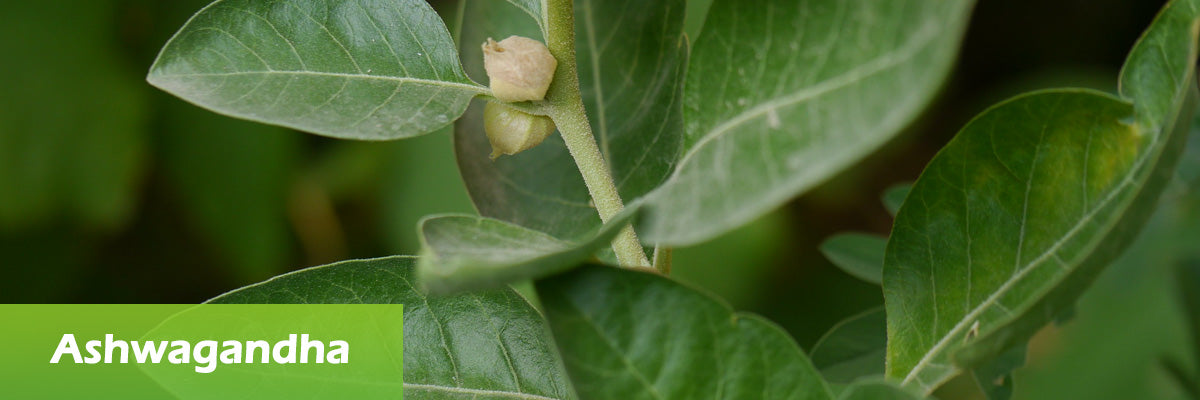
Ashwagandha is another Ayurvedic herb on our list.
It’s also another adaptogen, which helps keep cortisol levels low during times of stress.
Cortisol is a stress hormone that’s connected to insulin, and chronically high levels could lead to insulin resistance.
It’s been shown in studies to promote healthy brain function and cognition, along with energy levels.
And it also may help with blood sugar control.
78 - Sea Salt
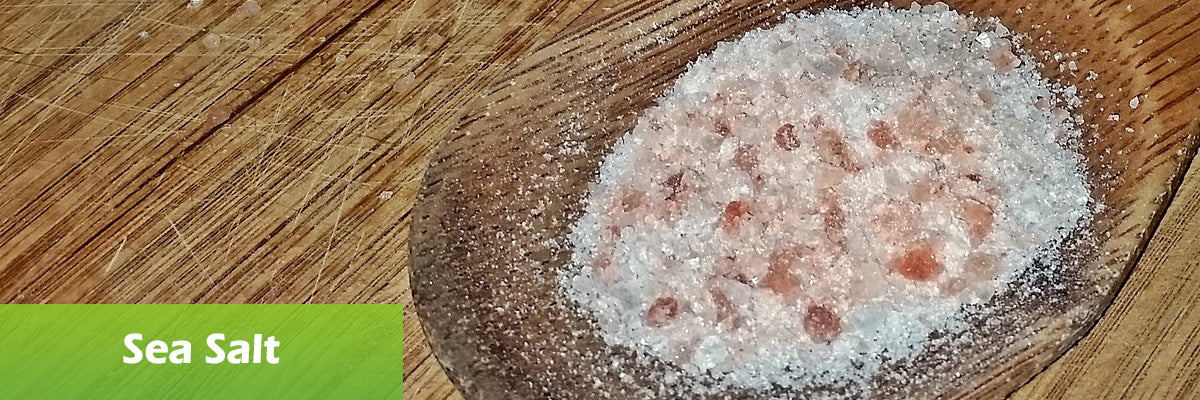
Pink Himalayan salt is harvested from the Khewra Salt Mine in Pakistan, where it’s believed ancient seas evaporated, leaving their highly nutritious salt behind.
Table salt is just sodium chloride, but sea salt is rich in a variety of other minerals, including calcium, potassium, magnesium, iron, and molybednum.
The inclusion of these minerals means that this type of salt is actually lower in sodium than regular table salt.
79 - Acai Berry
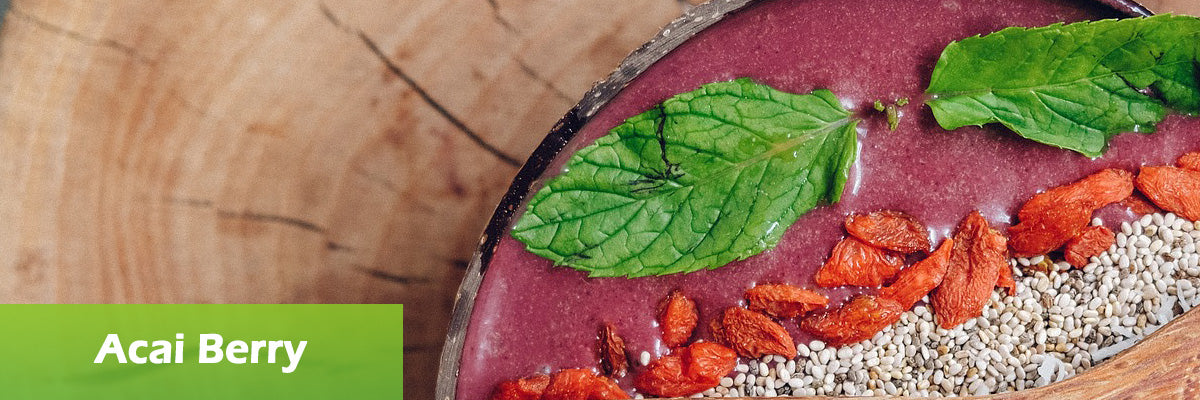
Acai berries are tiny purple berries found in the rainforests of Central and South America.
Though just about every food on this list is rich in antioxidants, acai berries are among the highest ORAC foods on the planet, at 15,4005.
ORAC is short for Oxygen Radical Absorbance Capacity, measuring antioxidant potency in foods.
For comparison’s sake, blueberries have an ORAC value of 4669.
These berries are usually found in the frozen section or at smoothie places in the newly popular acai smoothie bowls.
80 - Goji Berry
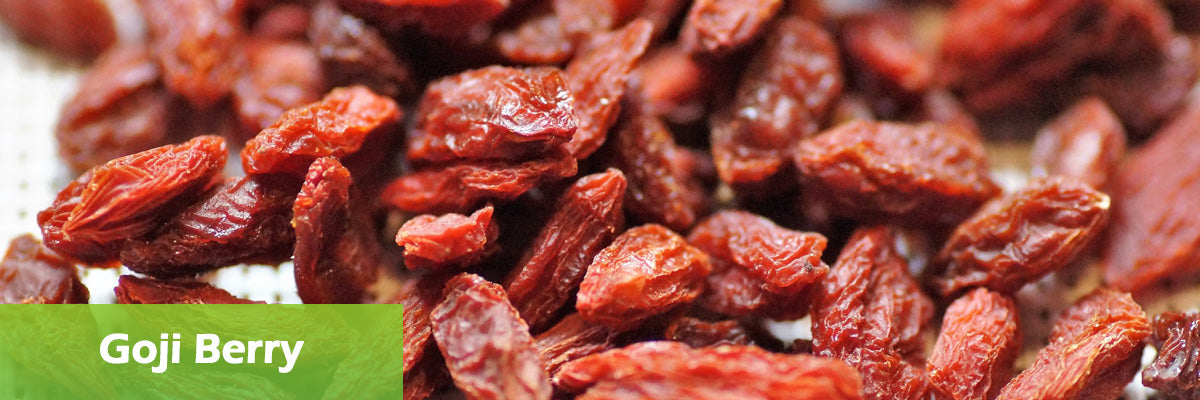
These tiny bright red fruits from Asia have been used in Traditional Chinese Medicine for over 2000 years.
You can find them mixed into certain trail mixes, dried in the health food aisle, or as a juice in the supplement section.
They’re an extremely potent source of zeaxanthin, which is known for its ability to protect the eyes.
One study showed that seniors who drank gogi berry juice had greater serum levels of zeaxanthin, which offered macula protection.
81 - Beans
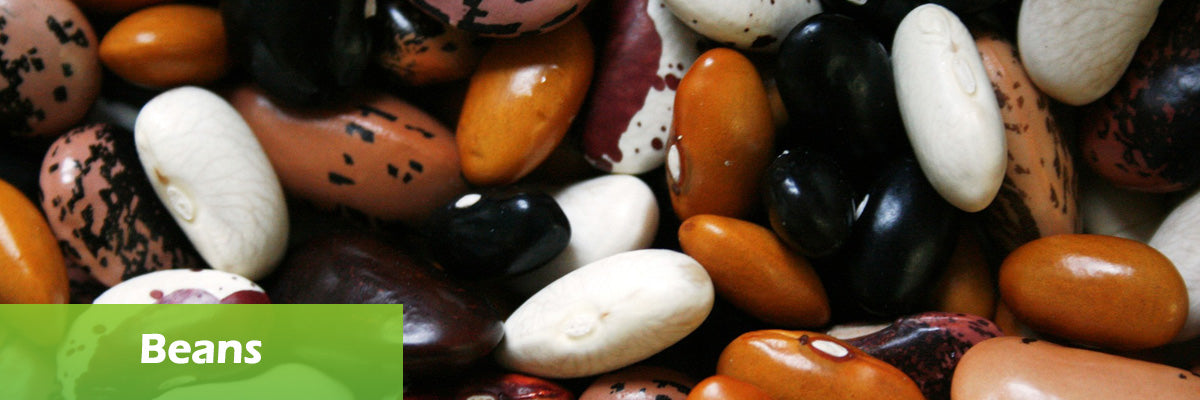
Due to their high and diverse mineral content, beans are excellent for helping build and maintain bone.
They also help maintain blood sugar control and manage type 2 diabetes due to their high fiber content.
Just one cup of black beans gives you 15 grams of fiber, and the RDA for fiber is 25 grams.
You’re most of the way there with one serving of this superfood.
82 - Lentils
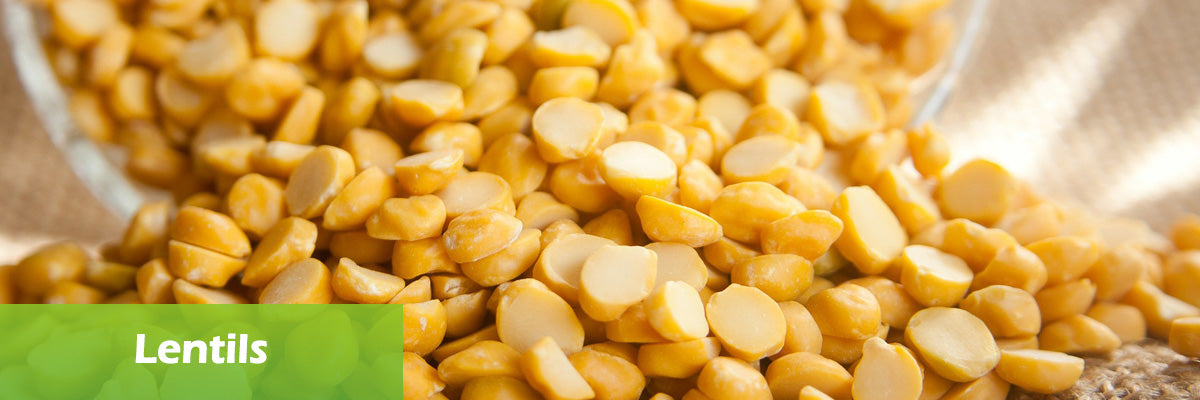
Lentils are a type of legume related to beans.
They’re smaller than beans and are more disc-shaped, but they offer much of the same nutritional value.
They’re high in fiber, antioxidants, and minerals, especially manganese, which helps in bone formation, blood clotting, cholesterol maintenance, and keeping inflammation at bay.
83 - Maqui Berry
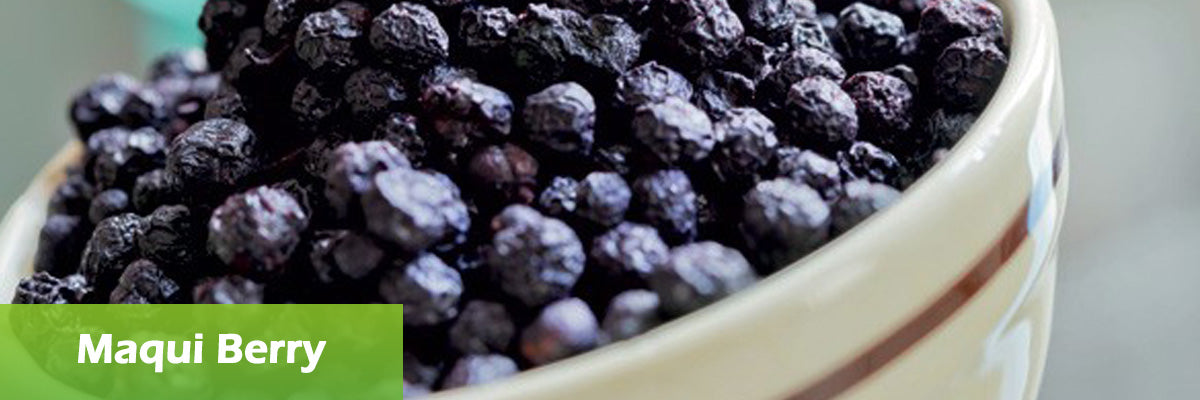
Maqui berry grows wild in South America.
It’s harvested by the native Mapuche Indians of Chile, who use every part of the plant for traditional medicine.
Maqui berry is extraordinarily high in antioxidants, almost double acai with an ORAC value of 27,600.
Maqui berries contain a potent dose of anthocyanins, which may help alter your gut microbiome in a beneficial direction, according to early studies.
84 - Acerola Cherry
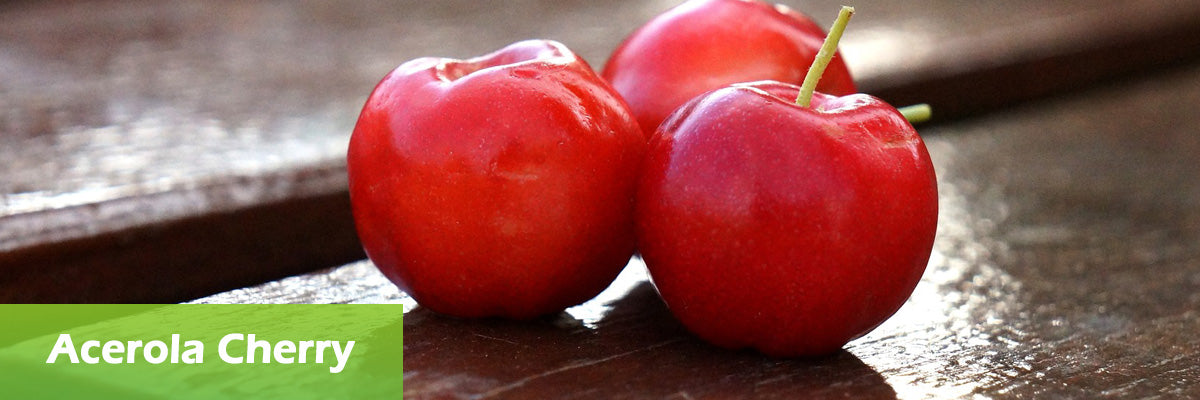
Acerola cherry is a type of cherry specifically high in vitamin C.
It helps boost immunity and even offers antimicrobial properties, which can be used topically for skin blemishes or as a mouthwash.
It’s most often taken as a supplement in the form of either a liquid, powder, capsule, or chewable tablet.
85 - Zucchini
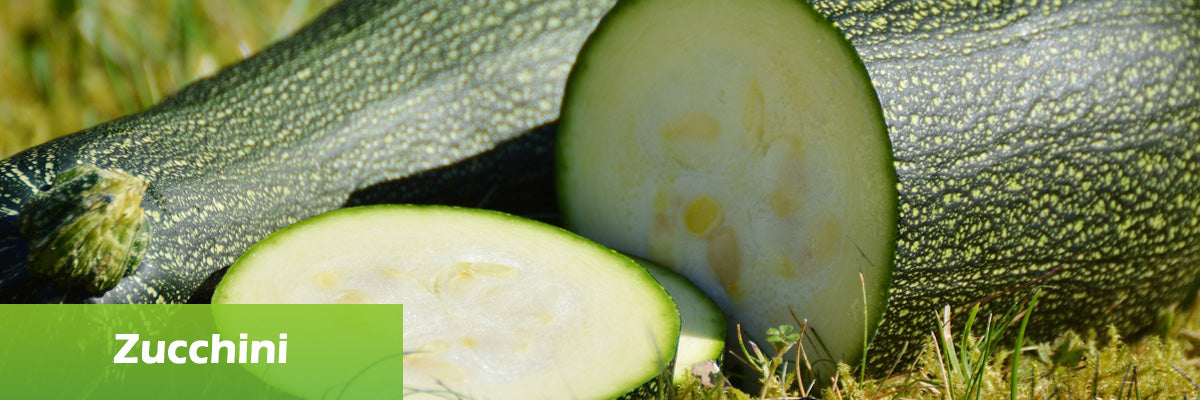
One of the summer squashes we mentioned above, zucchini is harvested young, and it’s meant to be eaten entirely, skin and seeds in all.
It has a high water and fiber content, making it a low-calorie, low-glycemic food.
It may also be helpful in promoting thyroid function, healthy prostate, and bone health.
86 - Popcorn

Popcorn might not seem like a health food, but it’s extremely rich in polyphenols, which have been linked to better blood circulation and digestion.
It’s also a relatively low-calorie snack, that’s loaded with fiber. Just make sure you don’t buy the stuff in the bag. Get an air popper instead.
Toss your air-popped popcorn with some flaxseed oil, nutritional yeast, and some black pepper, and you have yourself a home run of super foods.
87 - Inulin
Inulin powder is a fiber found in foods like artichoke onion, and some cruciferous vegetables.
It’s considered a prebiotic food that helps feed the healthy bacteria in your gut.
By feeding the good bugs, inulin may help improve the numbers and support the balance of microbiota to create a healthy digestive tract.
88 - Chlorella

Chlorella is a single-celled algae that’s over 50% protein and offers a wealth of benefit in supplement form.
One of the main therapeutic benefits of chlorella is its potential ability to help your body clear heavy metals and toxins.
This process is called chelation, and so far, chlorella has shown promise in multiple animal studies to chelate well, reducing lead and other toxic metals from the blood of rodents.
89 - Rose Hip
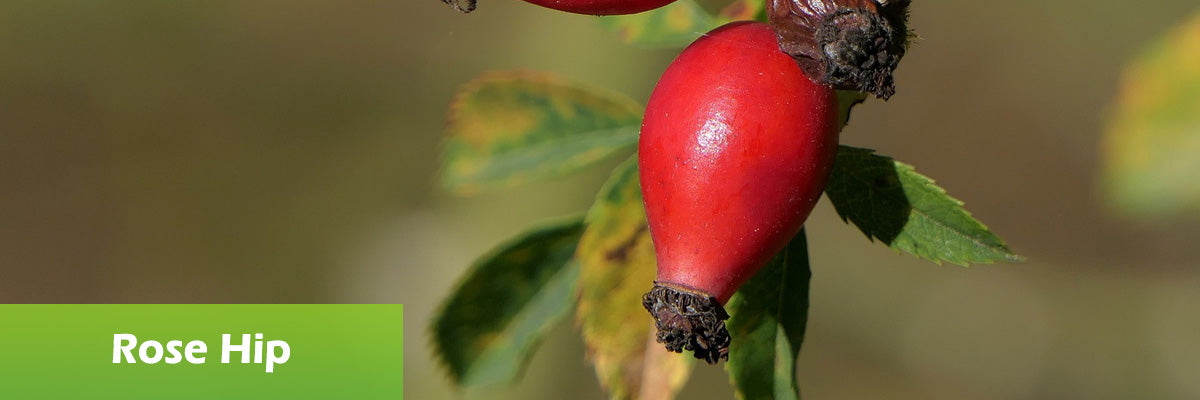
Rosehips are called a pseudo-fruit and come from a rose bush.
They aren’t generally eaten, rather steeped in a tea.
Rosehip tea may have some anti-aging properties, promoting the production of collagen in the skin due to its high vitamin C content.
It also contains carotenoids and lycopene, both of which offer photodamage protection from the sun.
90 - Moringa
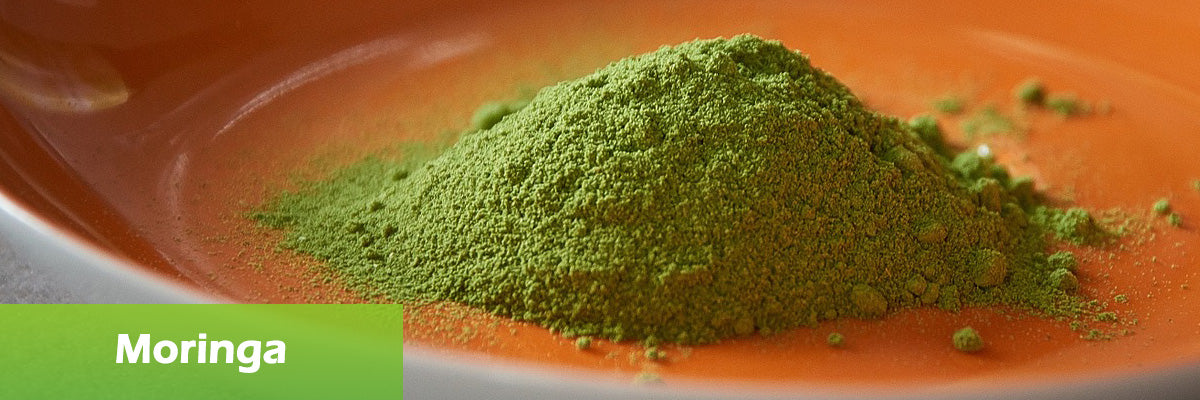
Moringa is a tree that grows in Asia, Africa, and South America.
The pods that grow from the branches are the medicinal part of the tree.
Moringa is most typically consumed in supplement form and may aid in weight loss, due to its anti-inflammatory properties.
It also help reduce fatigue and optimize your body’s ability to convert fat to energy.
91 - Cordyceps Mushroom

Cordyceps is a fungus that lives on the backs of a certain type of caterpillar in China.
It’s used as a supplement and has been studied for its adaptogenic qualities.
It’s also used in Traditional Chinese Medicine to promote respiratory health, kidney health, sexual health, and cardiovascular health.
Cordyceps may also help promote a healthy immune system and longevity.
92 - Chaga Mushroom
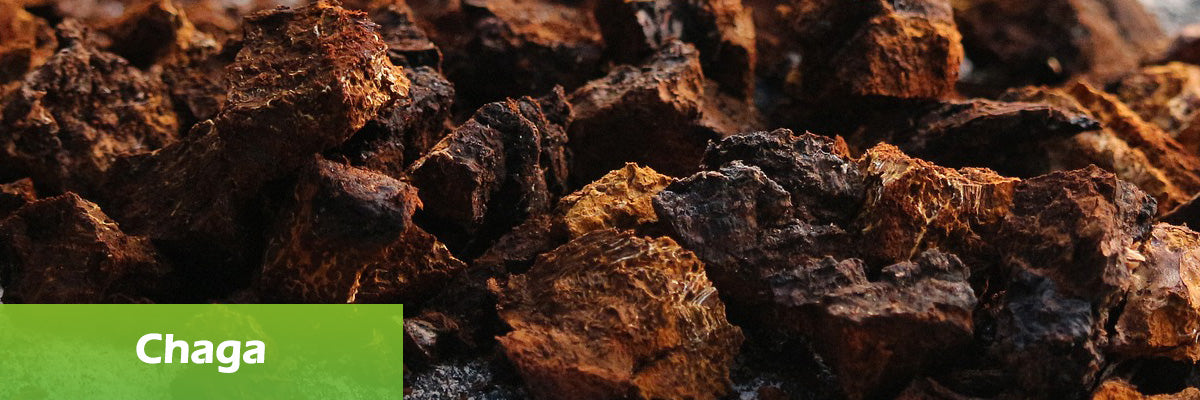
Chaga mushrooms grow on birch trees in the forests of North America and have an orange inner flesh with a black exterior.
It’s most often available as a supplement or tea and may help with blood sugar control, anti-aging, cardiovascular health, and inflammatory issues like arthritis.
93 - Lion’s Mane Mushroom

Native to a number of Asian countries, lion’s mane may offer promise in the way of brain and neurodegenerative problems.
Studies have found that two compounds in lion’s mane (hericenones and erinacines) may help stimulate brain cell growth.
Promising animal research has demonstrated that lion’s mane extract can reduce symptoms of memory loss and may prevent the damage caused by amyloid-beta plaques in the brains of Alzheimer’s patients, which accumulate in the brain.
More research is needed, but the effects look promising so far.
94 - Rhodiola Rosea
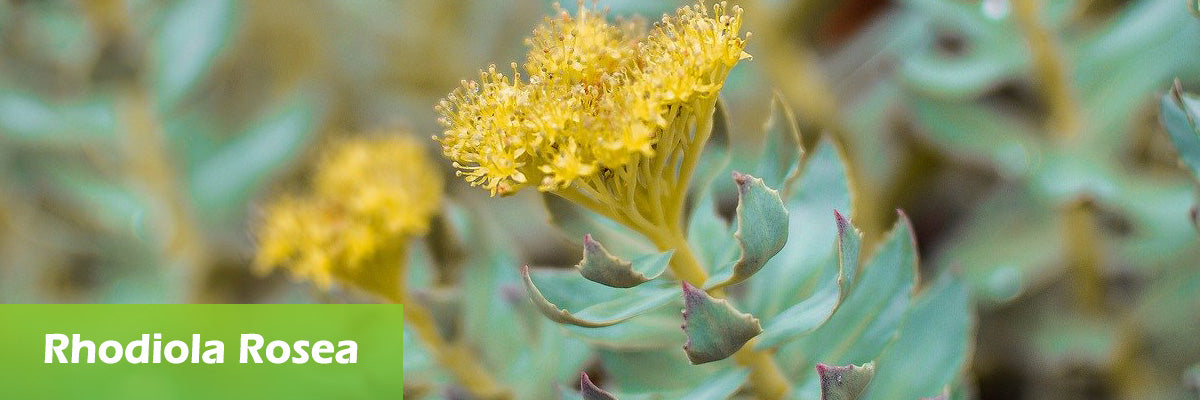
It’s possible you haven’t heard of this arctic herb.
Rhodiola rosea is most often consumed as a dietary supplement or as a tea.
It’s considered an adaptogen, which helps your body adapt to stress or stressful situations.
In multiple studies, subjects report lower stress levels, greater concentration, and higher stamina after taking Rhodiola Rosea.
95 - Celery
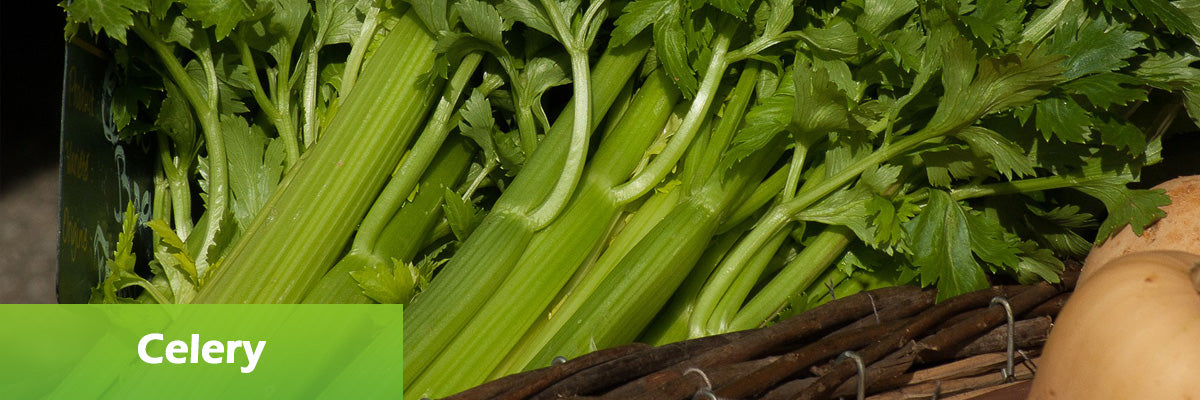
Celery is related to carrots, parsnips, parsley, and celery root.
Both the stalk of the celery and the seeds the flowers produce are edible and nutritious.
Celery powder has been shown in studies to reduce blood pressure in rats, but more work needs to be done in this area to see how it affects humans.
Celery has also been studied for its effects in helping reduce hyperlipidemia, or fatty blood. This was also an animal study.
96 - Pineapple

Pineapples might be a pretty high-sugar fruit, but they also contain fiber to balance it out.
They also contain impressive amounts of vitamin C and manganese.
Vitamin C helps boost your immune system, while manganese offers assistance with a healthy metabolism.
Pineapple also contains an enzyme called bromelain.
Bromelain is such a powerful protein metabolizer that it’s a main ingredient in commercially sold meat tenderizers.
It’s helpful for people with compromised pancreatic function, but is also great to promote healthy digestion for anyone.
97 - Cabbage
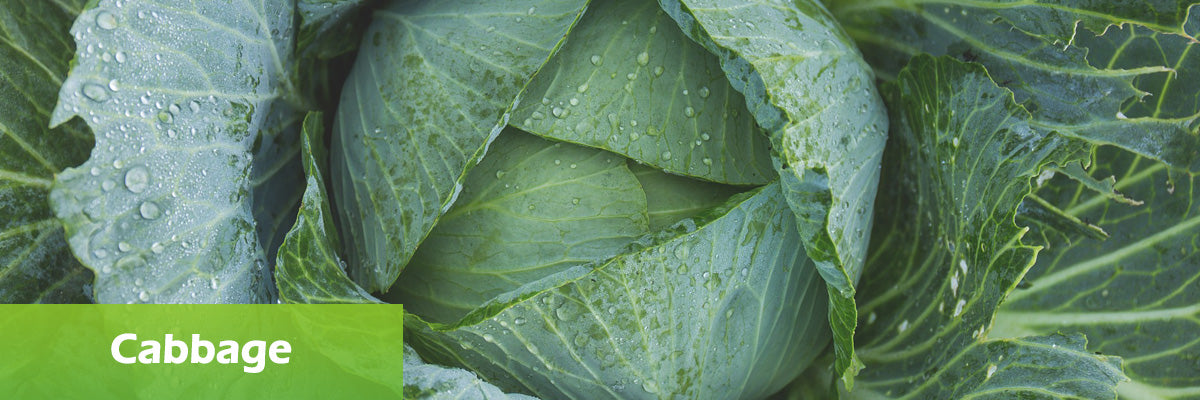
Cabbage is related to Brussels sprouts, kale, cauliflower, and collard greens as a member of the brassica family.
In fact, all of these plants are the exact same species, Brassica oleracea.
For this reason, they offer very similar nutrients, including potent antioxidants, glucosinolates, vitamins, and minerals.
Cabbage comes in white and purple, and the purple variety offers additional anthocyanins, which gives it its purple hue.
98 - Cucumber
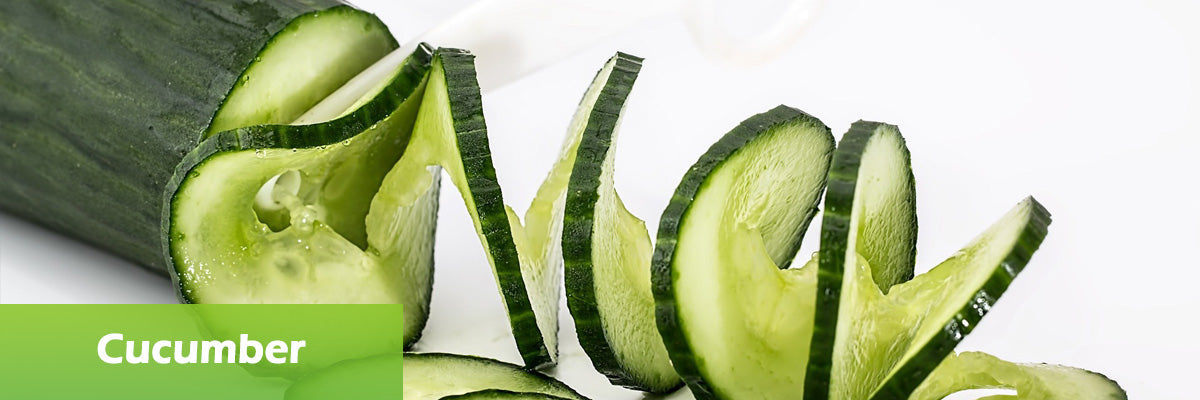
Believe it or not, cucumbers are members of the same family as melons and squash.
If you saw all of these plants growing on a farm, you’d see the connection.
They grow on vines with very similar flowers and leaf structures, and if you grow them too close together, they’ll all cross-pollinate, creating franken-seeds for next year’s planting.
Cucumbers contain a lot of water, which helps with hydration, especially in the summer months. In fact, some people get up to 40% of their hydration from the foods they eat.
Cucumbers have also been studied for their ability to help modulate blood sugar. But keep the peels on, as a lot of the benefit is from the fiber in the peel.
99 - Broccoli

Another member of the brassica family, broccoli contains many of the same benefits as cabbage, cauliflower, kale, and Brussels sprouts.
In addition to having a similar antioxidant profile to other cruciferous veggies, broccoli is packed with vitamin C.
In fact, there’s more vitamin C in half a cup of broccoli than in half an orange.
100 - Collard Greens

Though they may not share many of the same physical characteristics, collard greens are also brassicas.
They’re one of the few foods on the menu in a southern kitchen that packs in the nutrients.
Rich in vitamin K for bone health and chock-full of the many antioxidant benefits of its cruciferous cousins, collard greens are not only delicious but excellent for your health.
Need Some Help With Your Diet?
If you find this list a bit overwhelming, we can offer you something easy and simple.
Book a completely free consultation with one of our health coaches, to have a tailor-made plan designed for you.
During the call, we will assess your lifestyle and come up with a customized plan that is easy to executive and will achieve your health goals.

